Image of 1969 Chevrolet Biscayne, Note: These illustrations use artistic license and may differ from actual historical models.
Performance Metrics
Fundamental Metrics
Emotional Appeal
MMP Rating
| Engine Specifications | |
|---|---|
| Engine Options: | 250 Six, 307 V8, 350 V8, 396 V8, 427 V8 |
| Displacement Range: | 250-427 cu in |
| Horsepower Range: | 155-425 hp |
| Torque: | 235-460 lb-ft |
| Compression Ratio: | Ranges from 8.25:1 to 11.0:1 |
| Ignition System: | Conventional breaker-point ignition system |
| Cooling System: | Liquid-cooled |
| Performance Specifications | |
| 0-60 Time: | 7.0-8.5 seconds (depending on engine) |
| 1/4 Mile Time: | 15.0-16.0 seconds (depending on engine) |
| Top Speed: | 120-140 mph (depending on engine) |
| Transmission and Drive | |
| Drive Type: | Rear-wheel drive |
| Transmission Type: | 3-speed manual, 4-speed manual, 2-speed Powerglide automatic, 3-speed Turbo Hydra-Matic automatic |
| Fuel and Efficiency | |
| Fuel System Type: | Carburetor |
| MPG: | 10-15 mpg (depending on engine and transmission) |
| Dimensions and Brakes | |
| Brakes: | Front disc brakes and rear drum brakes |
| Wheelbase: | 119.0 inches |
| Weight: | 3,500-3,900 lbs (depending on engine and options) |
Note: Specifications for classic cars are given to the best of our ability, considering the limited and variant data available.
Introduction
The 1969 Chevrolet Biscayne stands as a testament to American automotive engineering, a beacon of muscle car prowess from an era when power and simplicity coexisted harmoniously. Born from the bustling factories of General Motors, this full-sized sedan was crafted for the discerning driver who valued performance without the frills. Its historical significance is rooted in its accessibility; it was the car for every man, yet it possessed the DNA of its more luxurious siblings, the Impala and the Caprice. A unique fact that car enthusiasts might find fascinating is that despite its understated nature, the Biscayne could be ordered with the same high-performance engines as the revered Chevelle and Camaro, making it a sleeper hit among speed aficionados.
Design and Innovation
The exterior of the 1969 Chevrolet Biscayne was a blend of straight lines and subtle curves, presenting a profile that was both commanding and conservative. The vehicle's interior was a no-nonsense affair, with functionality taking precedence over luxury. Materials were durable and designed to withstand daily use. Technologically, it featured innovations like an optional Turbo Hydra-Matic transmission and power steering. Color options ranged from understated Tuxedo Black to vibrant Rally Green, with popular choices often reflecting the spirited nature of the era. The most iconic body style was undoubtedly the two-door sedan, often associated with undercover police cruisers or drag racers due to its lighter weight and sturdier frame.
Historical Significance
The 1969 Biscayne carved its niche by offering an affordable entry into high-performance driving. It set itself apart with its minimalist approach at a time when other models were becoming increasingly ornate. This philosophy of 'less is more' influenced future generations of cars that prioritized performance over pomp.
Performance and Handling
When equipped with the top-of-the-line 427 cubic inch V8 engine, the Biscayne could achieve 0-60 mph in under 7 seconds—a remarkable feat for its class. The car's handling was responsive for its size, though it favored straight-line acceleration over cornering agility. Driving a '69 Biscayne was an auditory delight; the rumble of the engine was music to any gearhead's ears, while the ride quality was firm yet forgiving.
Ownership Experience
The Biscayne served various roles from a dependable family hauler to a formidable quarter-mile competitor. Maintenance was straightforward thanks to its shared components with other Chevrolet models, making parts readily available and repairs relatively simple for even novice owners.
Fun Facts
This unassuming model has been known to house some of Chevrolet's most potent engines under its hood, creating sleeper cars that surprised many unwary competitors. While not typically associated with celebrity ownership or record-breaking speed runs, it has earned a cult following for its understated charm and potential for customization.
Collector's Information
Today, a well-preserved 1969 Chevrolet Biscayne can fetch anywhere from $15,000 to $45,000 depending on condition and originality. Production numbers were substantial but finding one in pristine condition can be challenging due to their utilitarian roots. As appreciation for sleeper cars grows among collectors, values for these hidden gems are steadily climbing.
Conclusion
The 1969 Chevrolet Biscayne is more than just a relic of automotive history; it's a canvas for creativity and a symbol of unpretentious performance. Its legacy endures in the hearts of those who appreciate raw power wrapped in simplicity—a true diamond in the rough of classic American muscle cars.
1969 Chevrolet Biscayne Catalog of Parts
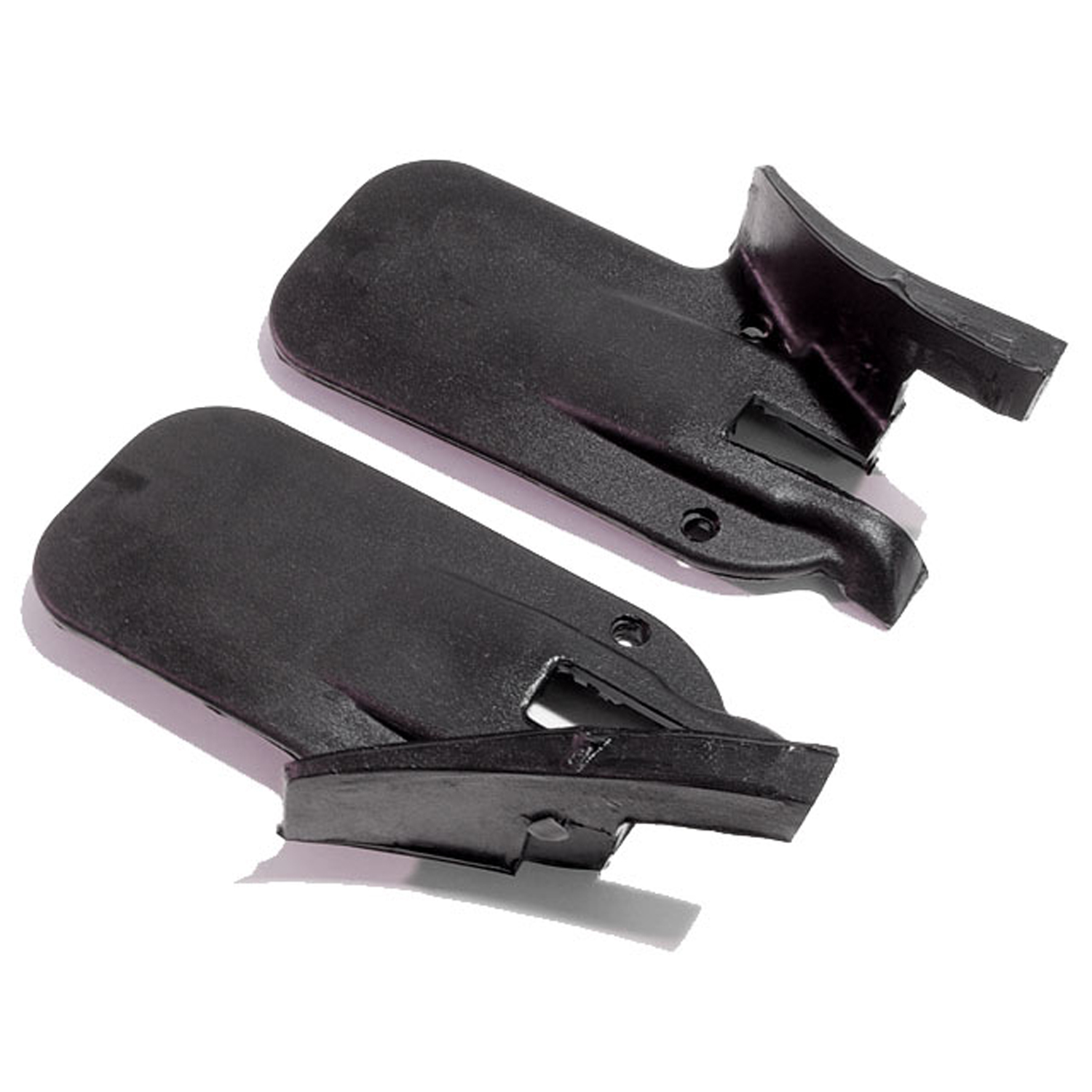 1969 Chevrolet Biscayne Upper Door Lock Pillar Seal-ALP 5054Upper Door Lock Pillar Seal. 69-70 GM B & C Body 2 Door Hardtop and Convertibles. Made with all details and steel cores. 2-1/8"W X 5-1/4"L. Pair R&L.
1969 Chevrolet Biscayne Upper Door Lock Pillar Seal-ALP 5054Upper Door Lock Pillar Seal. 69-70 GM B & C Body 2 Door Hardtop and Convertibles. Made with all details and steel cores. 2-1/8"W X 5-1/4"L. Pair R&L.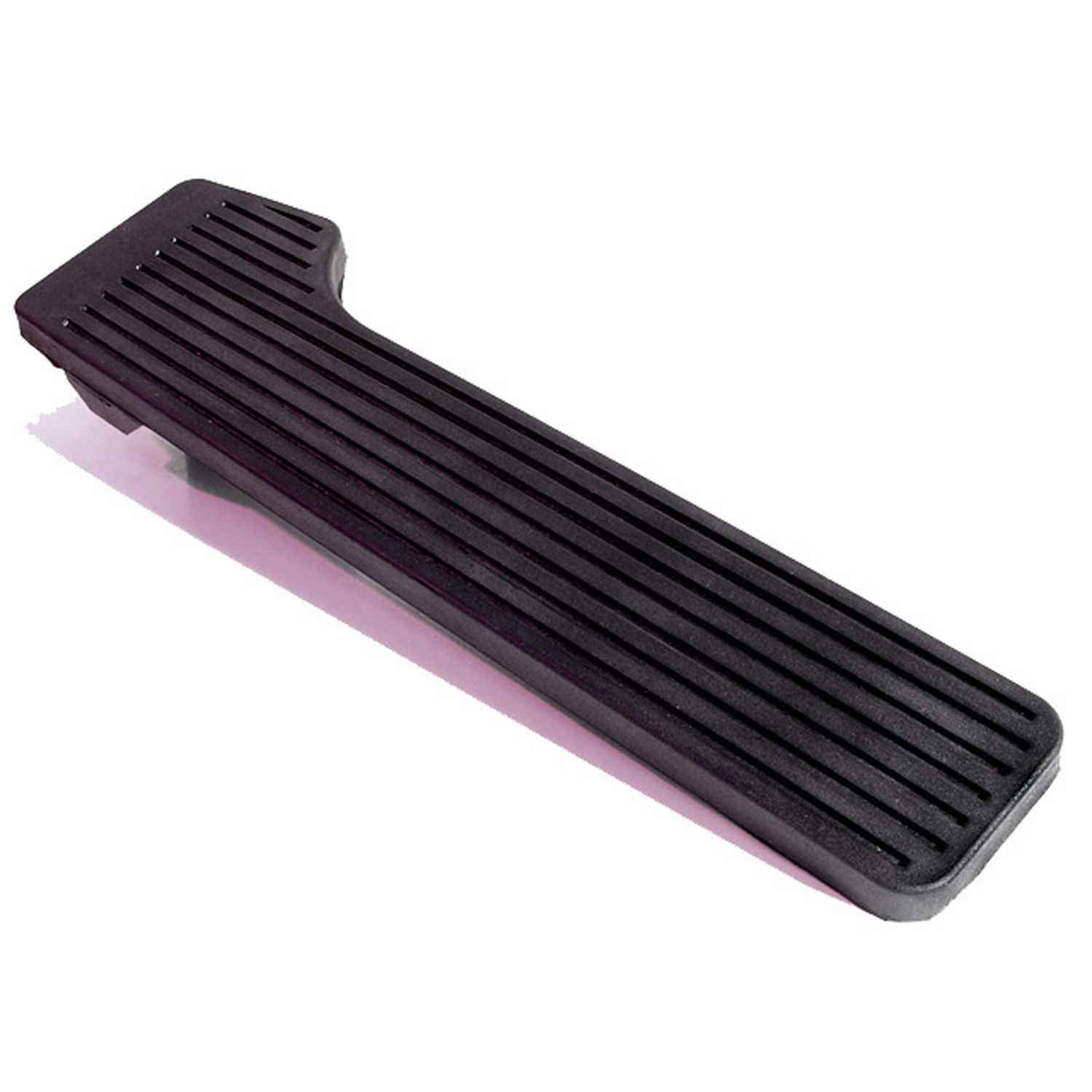 1969 Chevrolet Biscayne Accelerator Pedal Pad with flange-AP 31-AAccelerator Pedal Pad with flange, made of rubber with steel core. Also
1969 Chevrolet Biscayne Accelerator Pedal Pad with flange-AP 31-AAccelerator Pedal Pad with flange, made of rubber with steel core. Also 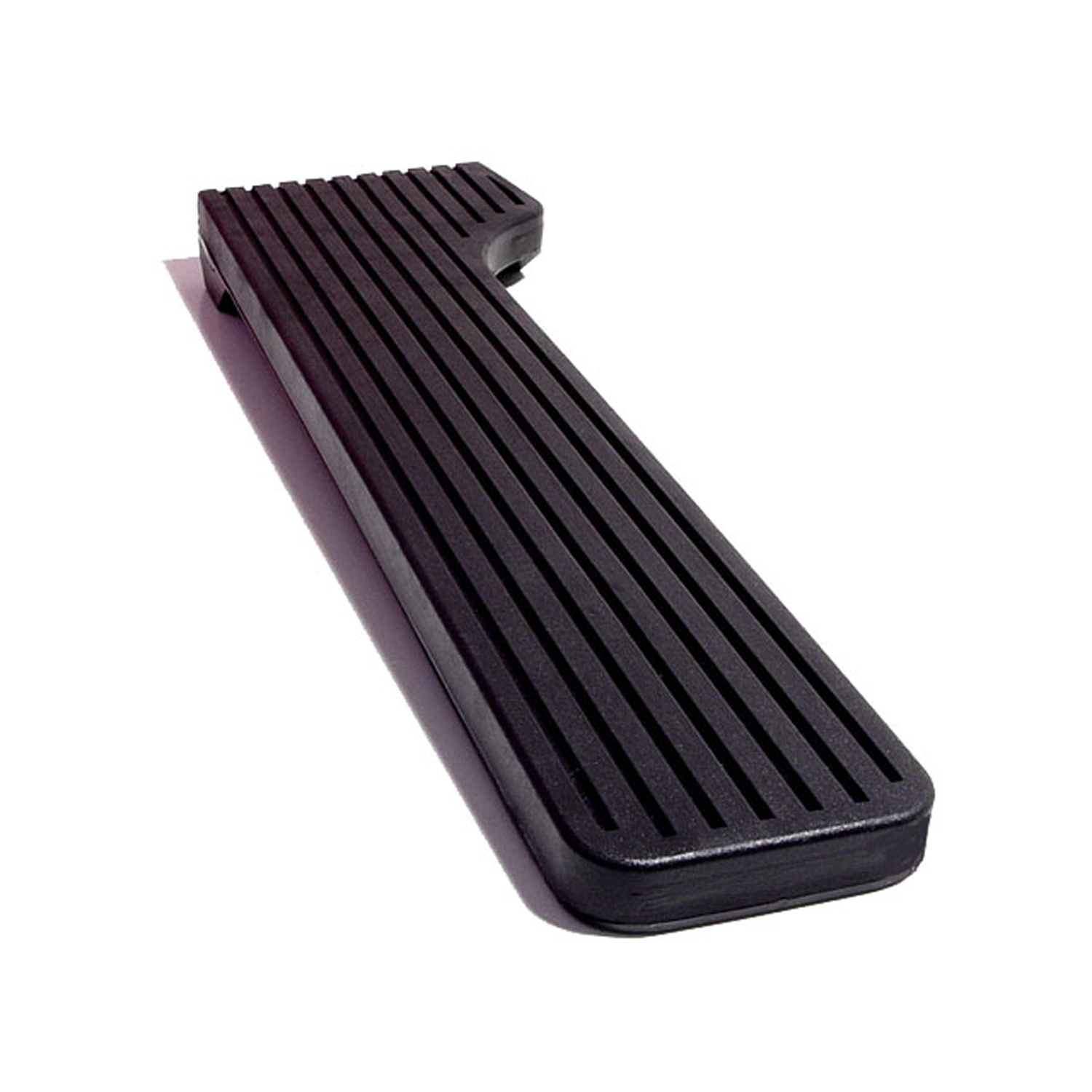 1969 Chevrolet Biscayne Accelerator Pedal Pad without flange-AP 31-BAccelerator Pedal Pad without flange, made of rubber with steel core. Also
1969 Chevrolet Biscayne Accelerator Pedal Pad without flange-AP 31-BAccelerator Pedal Pad without flange, made of rubber with steel core. Also 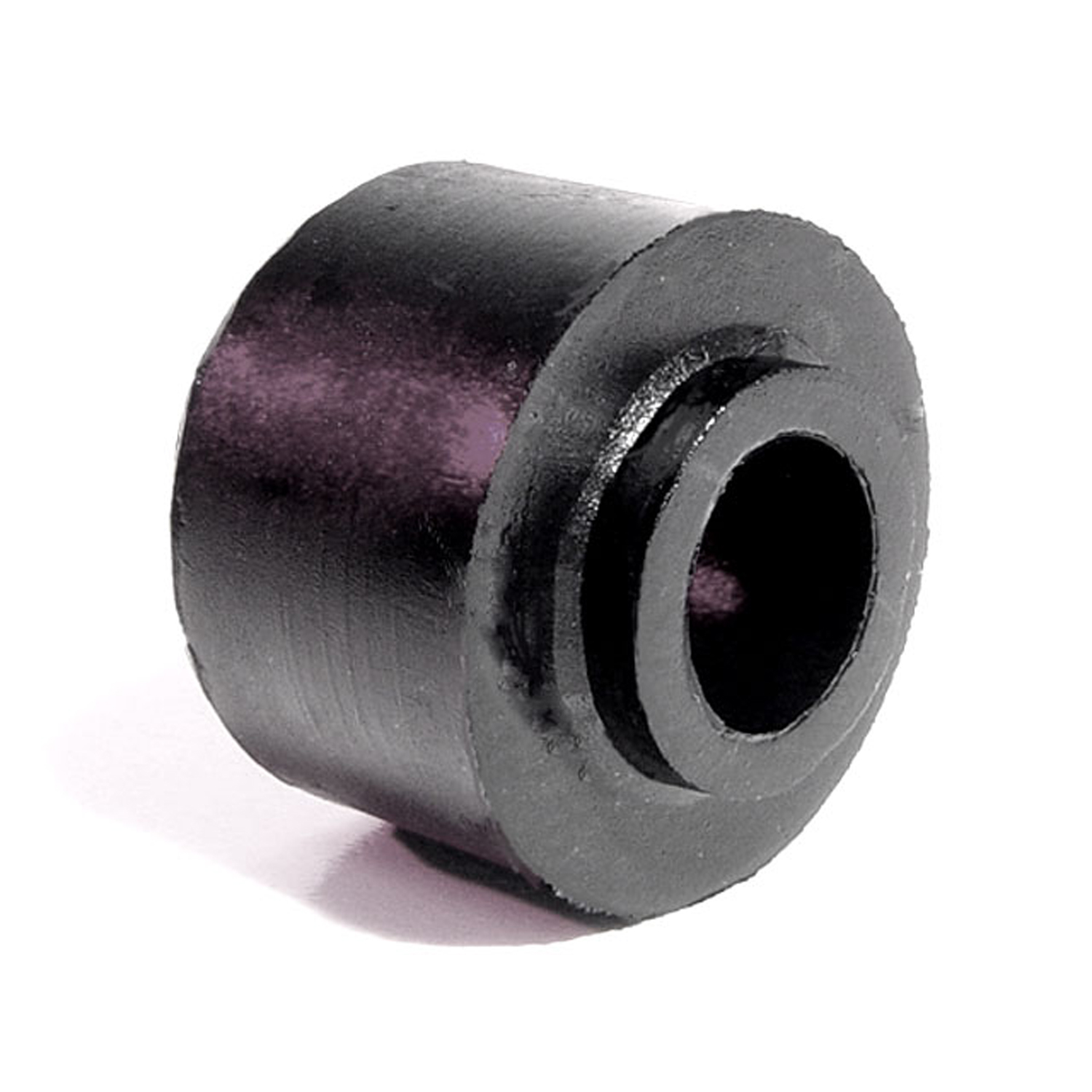 1969 Chevrolet Biscayne Shock Absorber Grommet. 1" bottom O.D., 3/4" high-BN 1Shock Absorber Grommet. 1" bottom O.D., 3/4" high., with 7/16" I.D. Each
1969 Chevrolet Biscayne Shock Absorber Grommet. 1" bottom O.D., 3/4" high-BN 1Shock Absorber Grommet. 1" bottom O.D., 3/4" high., with 7/16" I.D. Each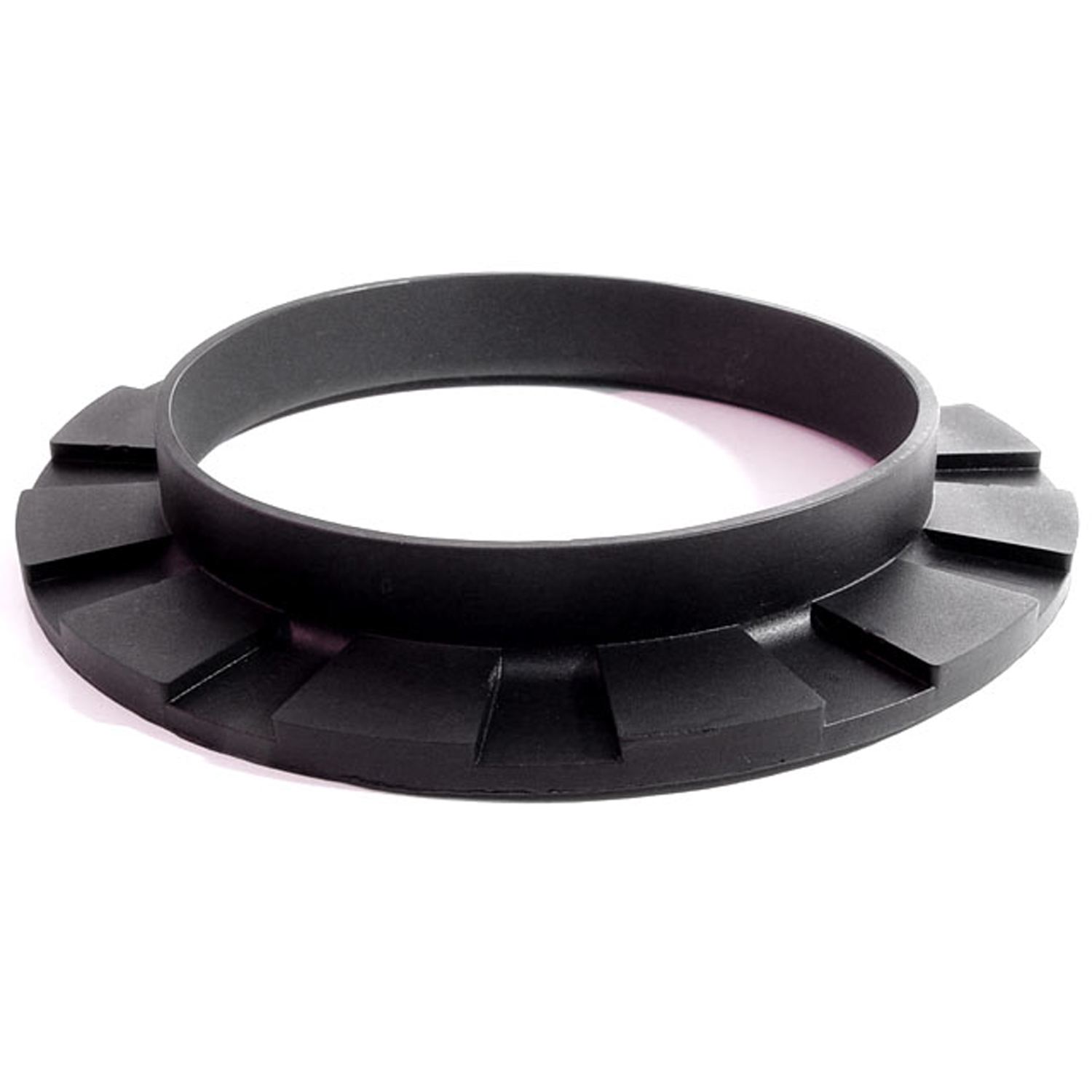 1969 Chevrolet Biscayne Front coil-spring insulator-BN 110Front coil-spring insulator. Fits '41-'60 Oldsmobile and '50-'83 GM passenger models. 5-3/8 in. OD x 3-3/4 in. ID x 3/4 in. high with 13/16 in. wide bottom flange 1/4" thick, 12 flutes. Each.
1969 Chevrolet Biscayne Front coil-spring insulator-BN 110Front coil-spring insulator. Fits '41-'60 Oldsmobile and '50-'83 GM passenger models. 5-3/8 in. OD x 3-3/4 in. ID x 3/4 in. high with 13/16 in. wide bottom flange 1/4" thick, 12 flutes. Each.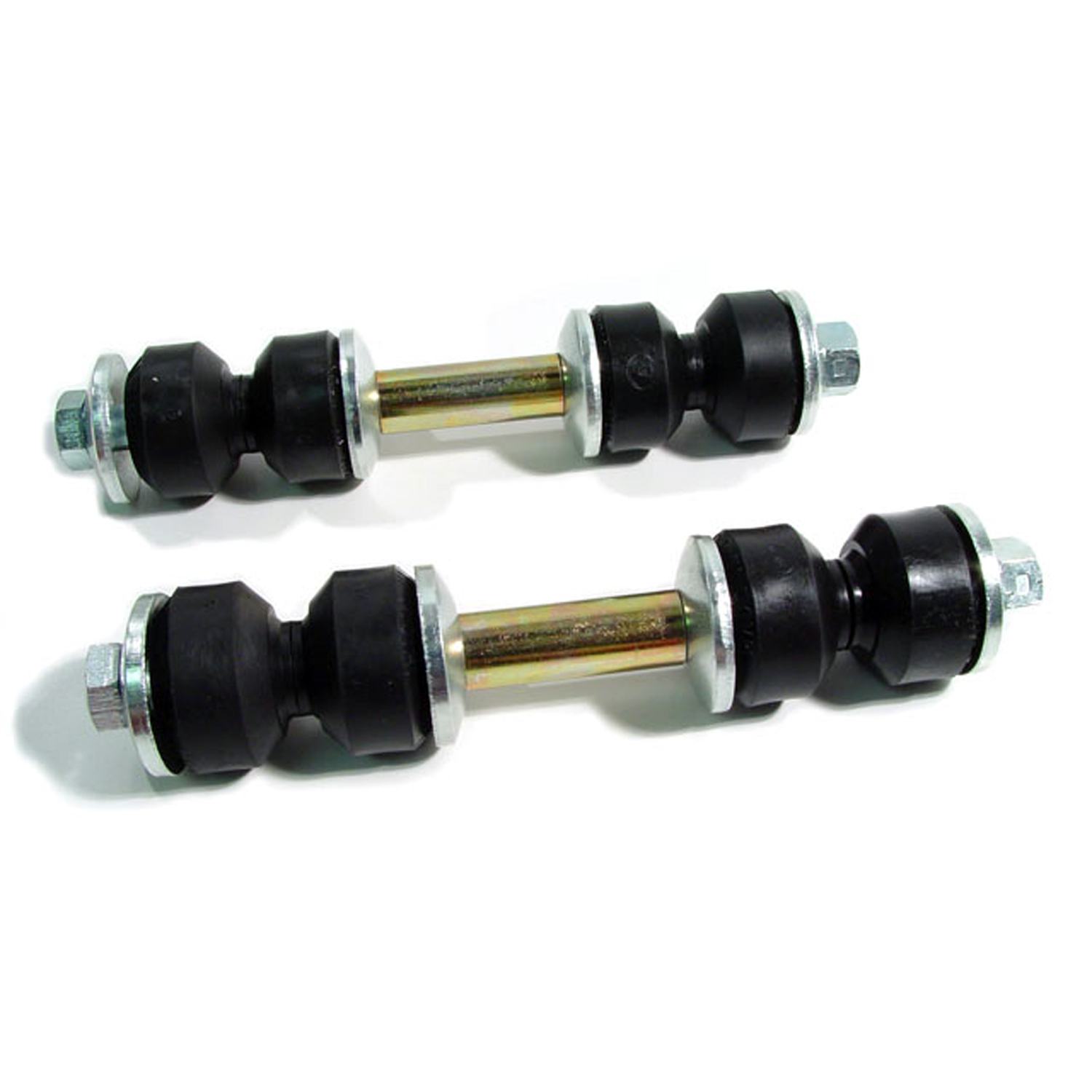 1969 Chevrolet Biscayne Front Stabilizer End Repair Kit-BNK 22Front Stabilizer End Repair Kit. 22-piece set for two stabilizer bars. Contains all rubber bushings, washers, bolts and nuts, enough for one front end. Set
1969 Chevrolet Biscayne Front Stabilizer End Repair Kit-BNK 22Front Stabilizer End Repair Kit. 22-piece set for two stabilizer bars. Contains all rubber bushings, washers, bolts and nuts, enough for one front end. Set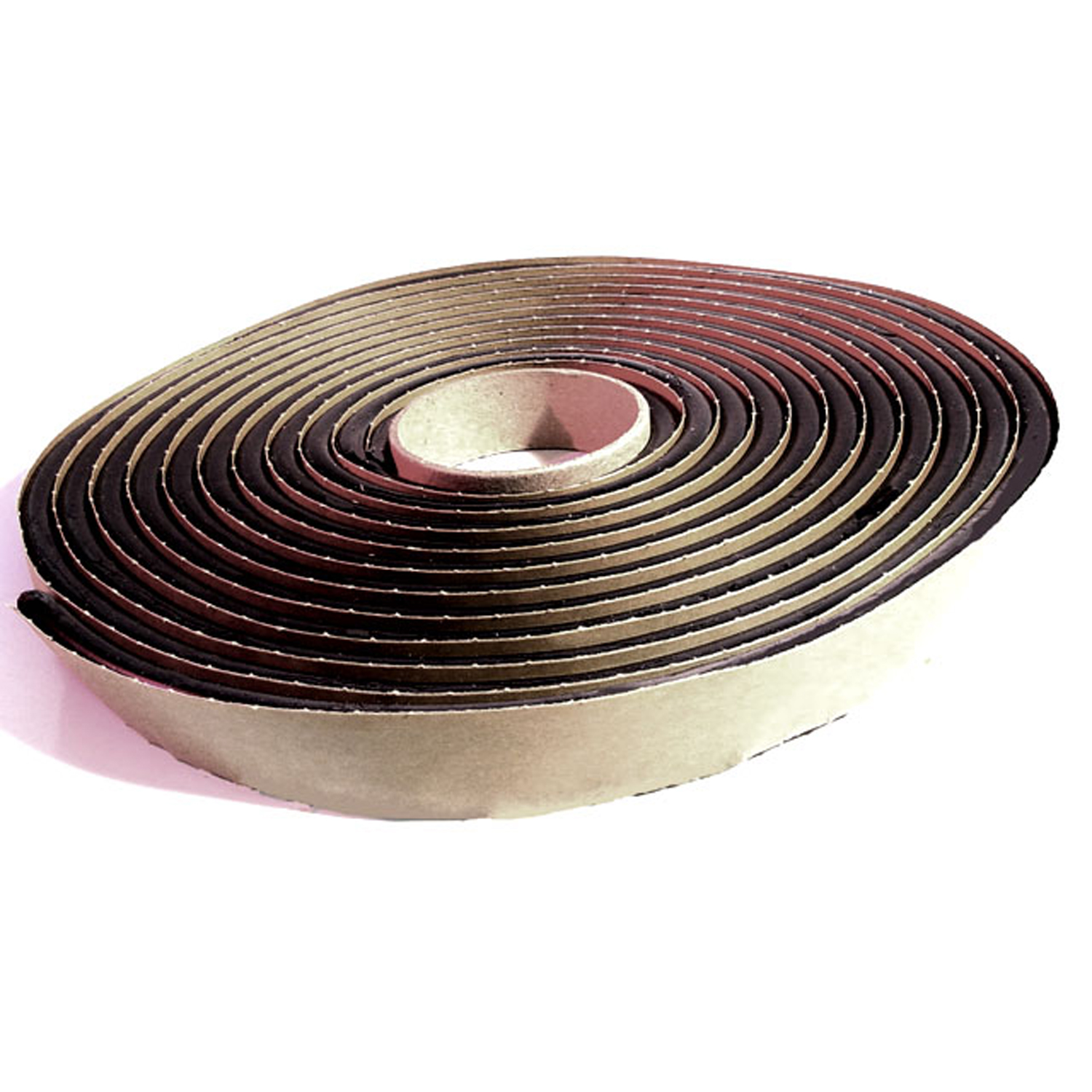 1969 Chevrolet Biscayne Butyl Glass Setting Tape-BT 1Butyl Glass Setting Tape. Used to install windshields and backlights. Superior sealing properties. 5/16" wide X 15' long. Each
1969 Chevrolet Biscayne Butyl Glass Setting Tape-BT 1Butyl Glass Setting Tape. Used to install windshields and backlights. Superior sealing properties. 5/16" wide X 15' long. Each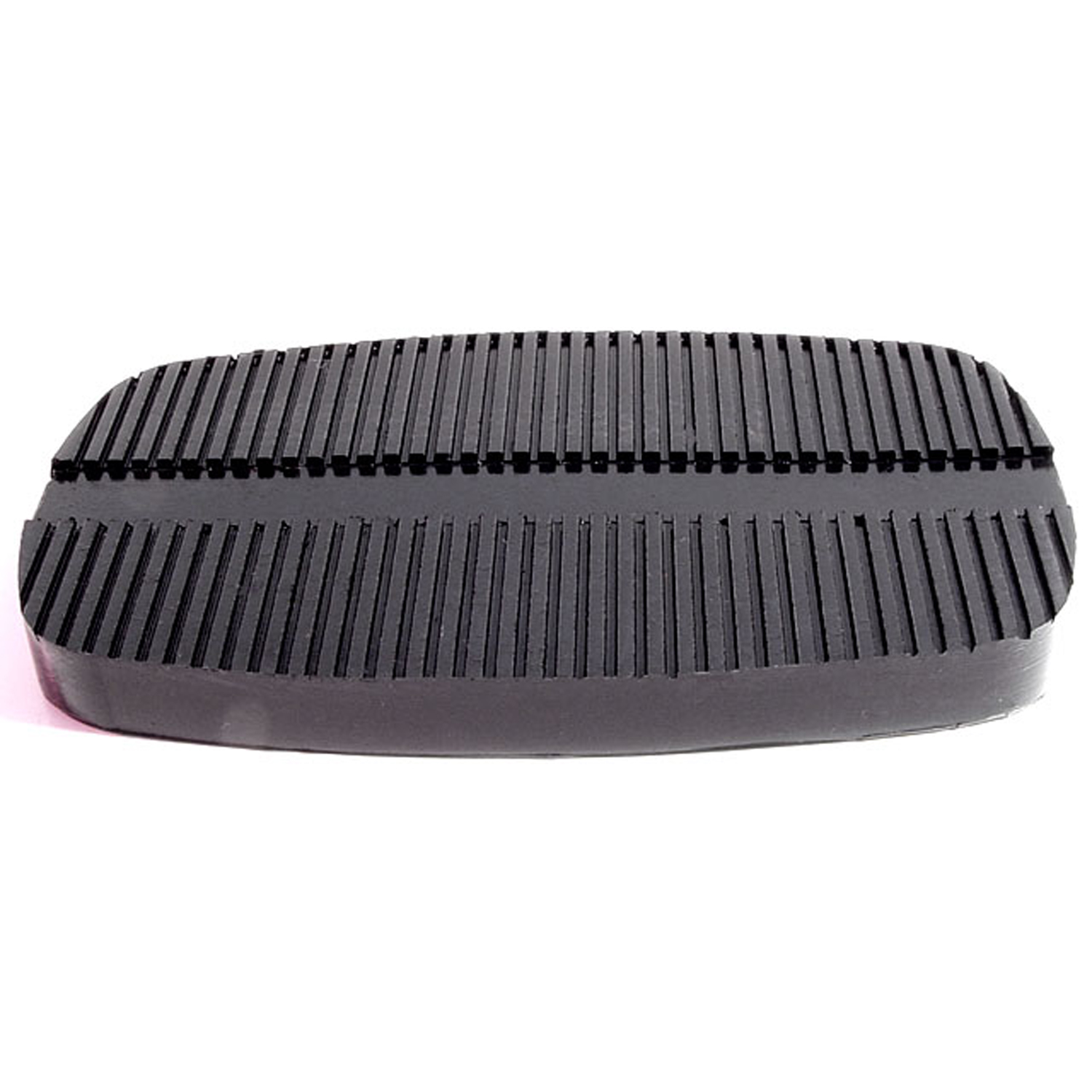 1969 Chevrolet Biscayne Brake Pedal Pad-CB 101-ABrake Pedal Pad. For power brakes or automatic transmissions. 4-3/4" wide X 2-3/4' long. Each
1969 Chevrolet Biscayne Brake Pedal Pad-CB 101-ABrake Pedal Pad. For power brakes or automatic transmissions. 4-3/4" wide X 2-3/4' long. Each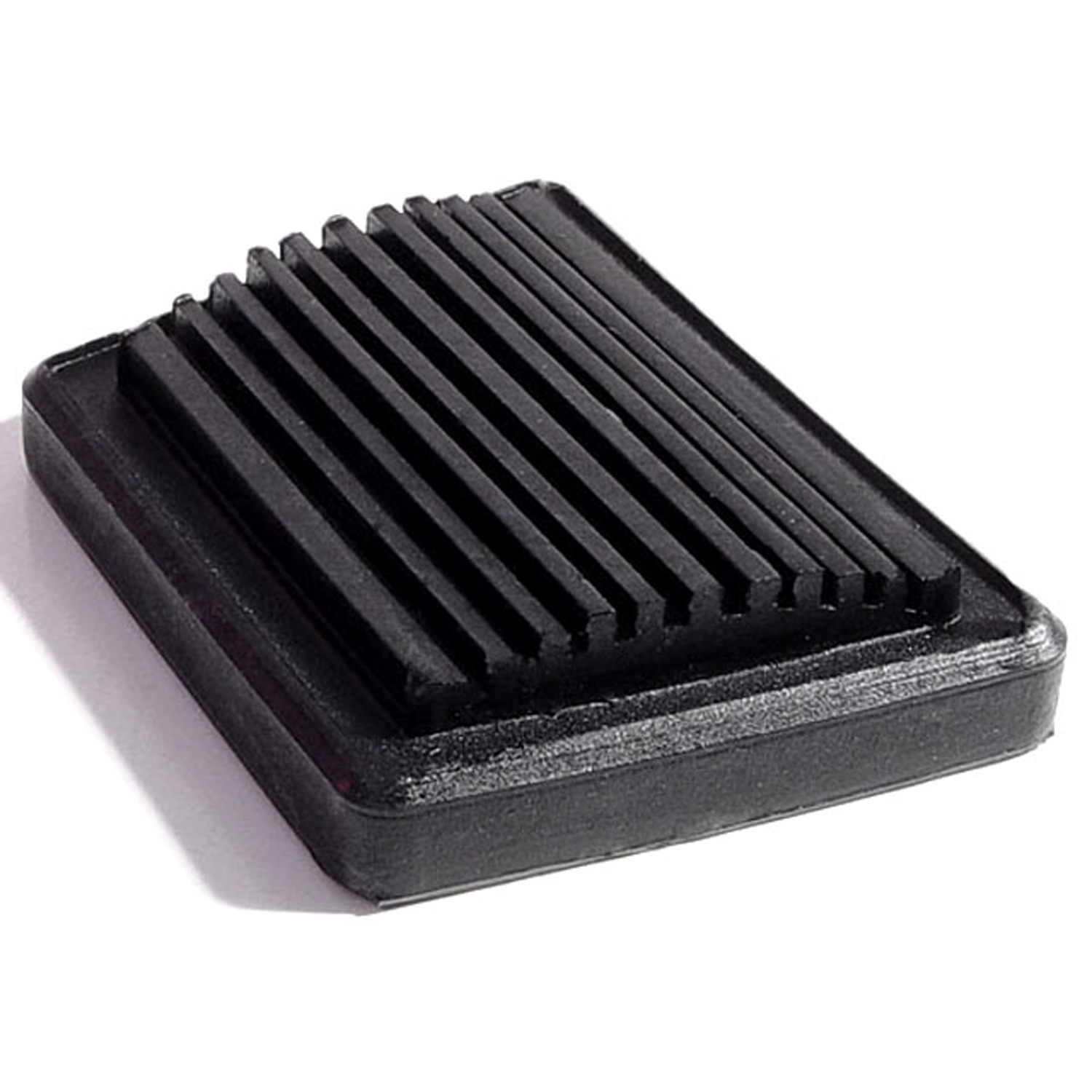 1969 Chevrolet Biscayne Park Brake Pedal Pad. 2-9/16" wide. Each-CB 99-APark Brake Pedal Pad. 2-9/16" wide. Each
1969 Chevrolet Biscayne Park Brake Pedal Pad. 2-9/16" wide. Each-CB 99-APark Brake Pedal Pad. 2-9/16" wide. Each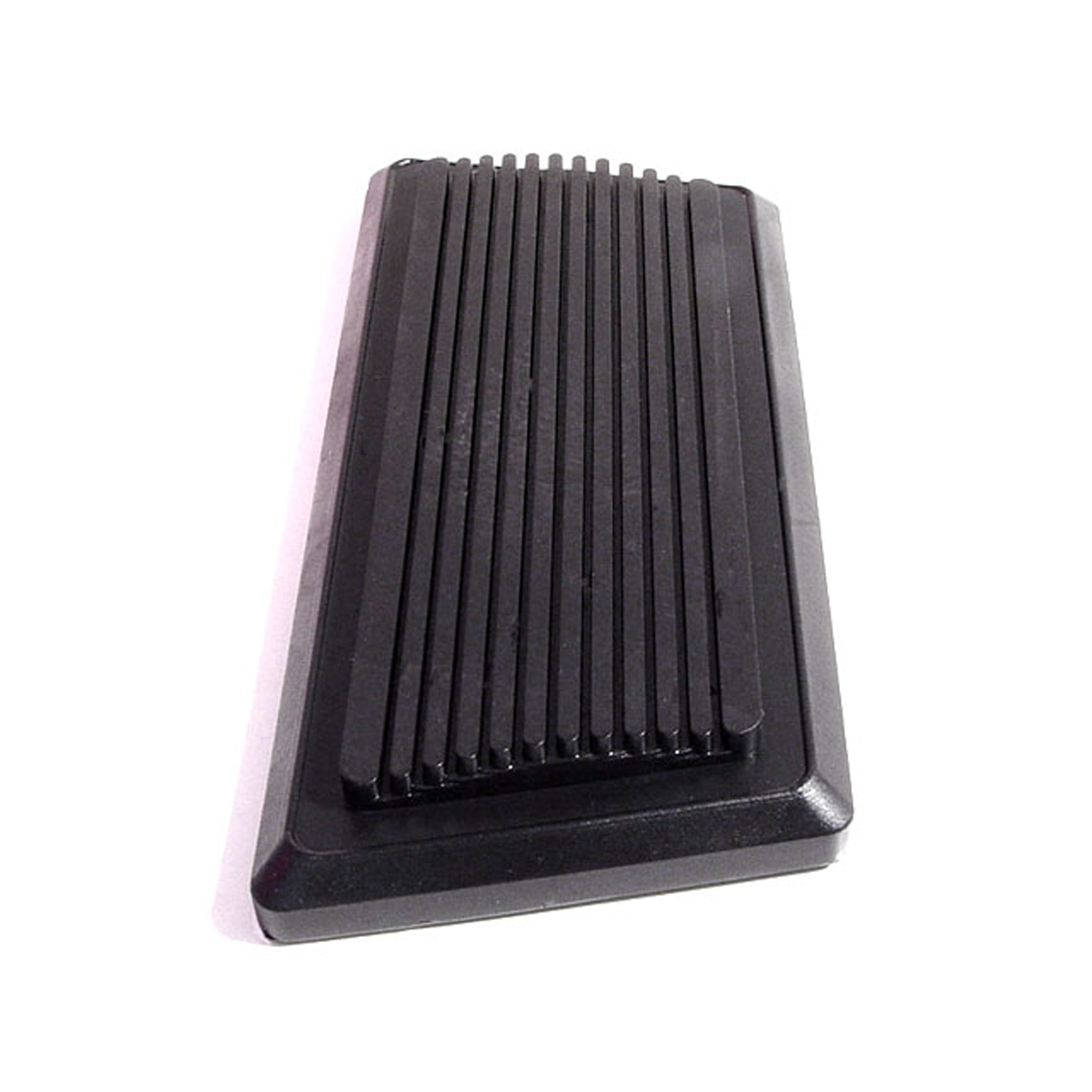 1969 Chevrolet Biscayne Auto Brake Pedal Pad. 5-7/8" wide. Each-CB 99-BAuto Brake Pedal Pad. 5-7/8" wide. Each
1969 Chevrolet Biscayne Auto Brake Pedal Pad. 5-7/8" wide. Each-CB 99-BAuto Brake Pedal Pad. 5-7/8" wide. Each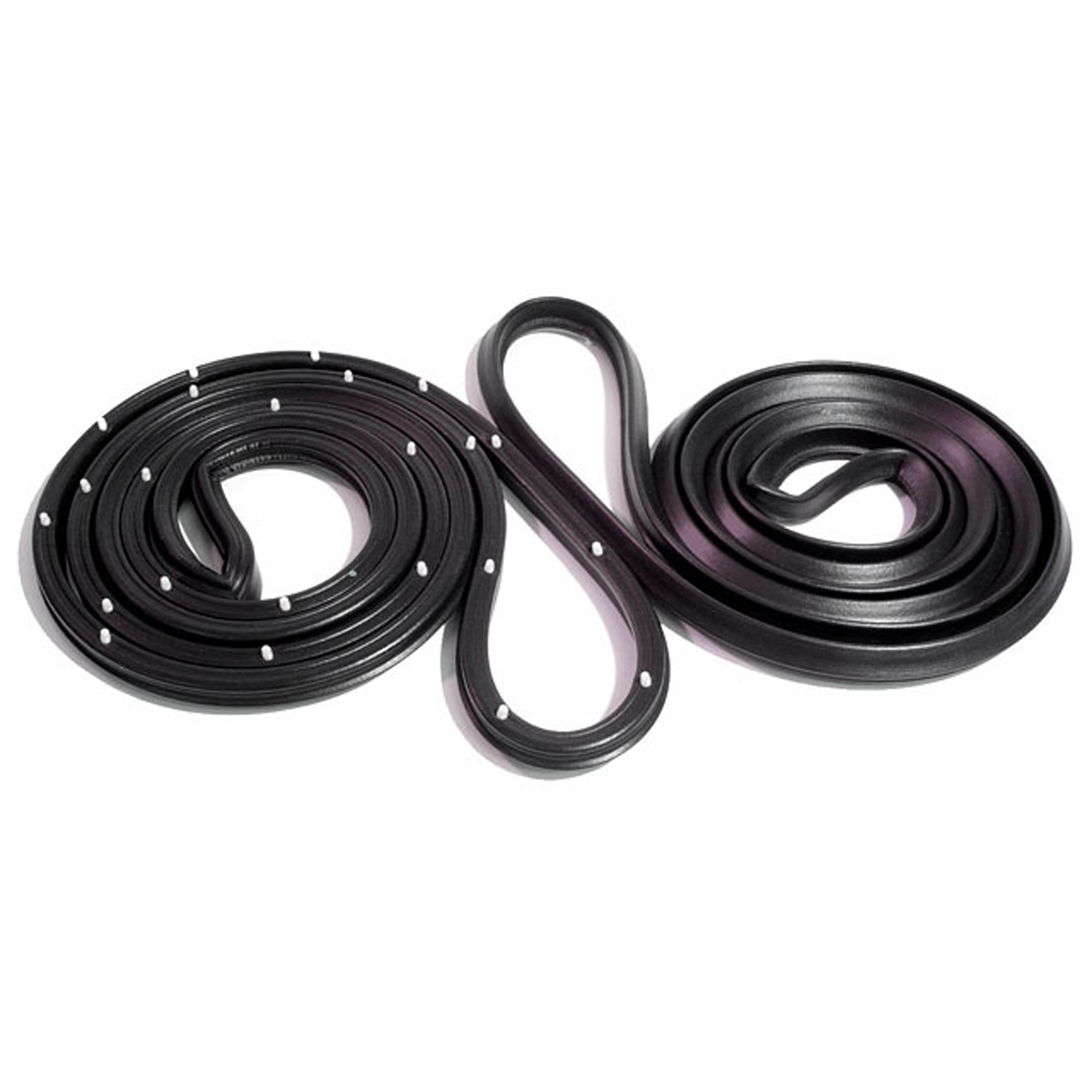 1969 Chevrolet Biscayne Molded Door Seals. For 2-Door Sedan. 158" Long. Pair R&L-LM 21-GMolded Door Seals. For 2-Door Sedan. 158" Long. Pair R&L
1969 Chevrolet Biscayne Molded Door Seals. For 2-Door Sedan. 158" Long. Pair R&L-LM 21-GMolded Door Seals. For 2-Door Sedan. 158" Long. Pair R&L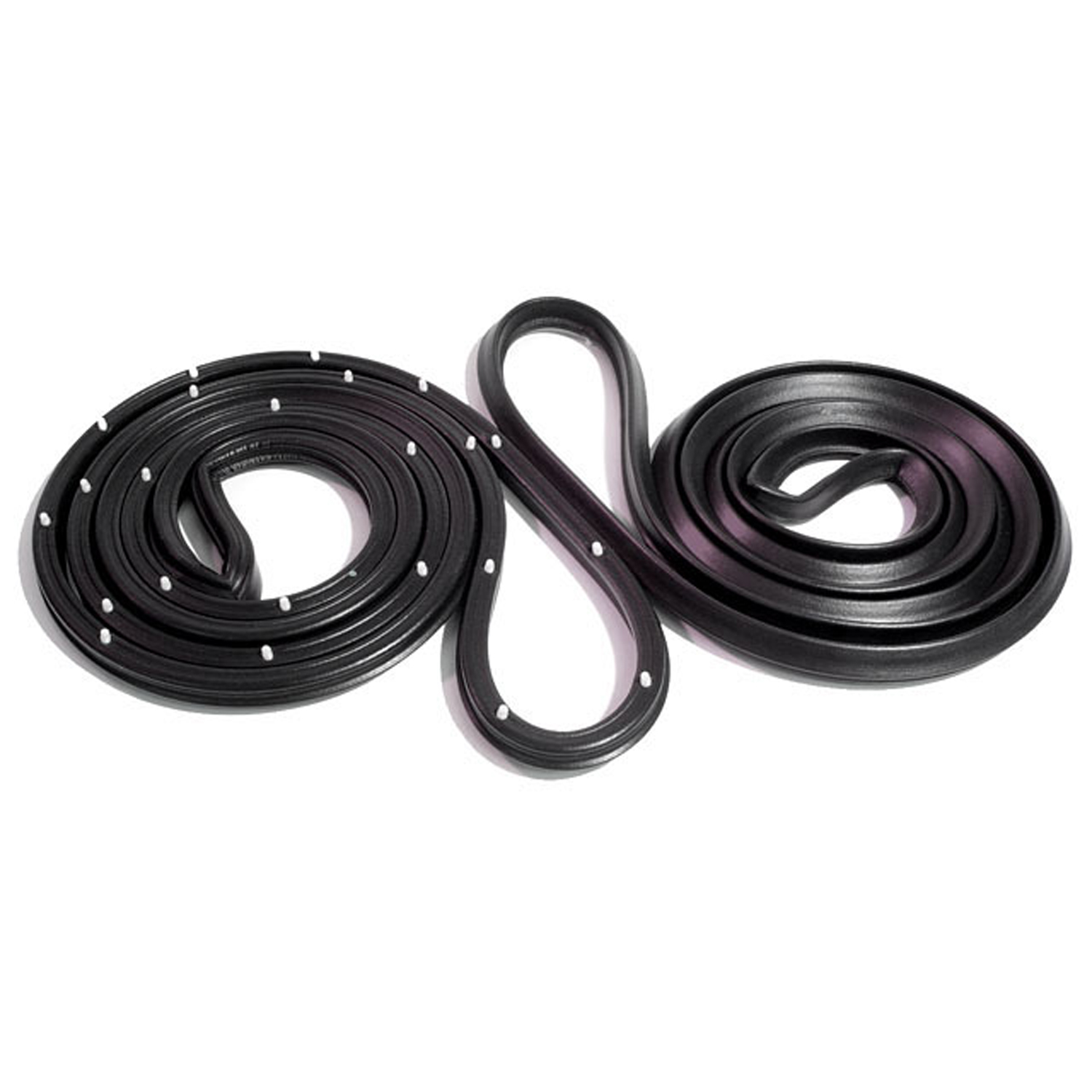 1969 Chevrolet Biscayne Front Molded Door Seals. For 4-Door Sedan. Pair R&L-LM 21-HFront Molded Door Seals. For 4-Door Sedan. Pair R&L
1969 Chevrolet Biscayne Front Molded Door Seals. For 4-Door Sedan. Pair R&L-LM 21-HFront Molded Door Seals. For 4-Door Sedan. Pair R&L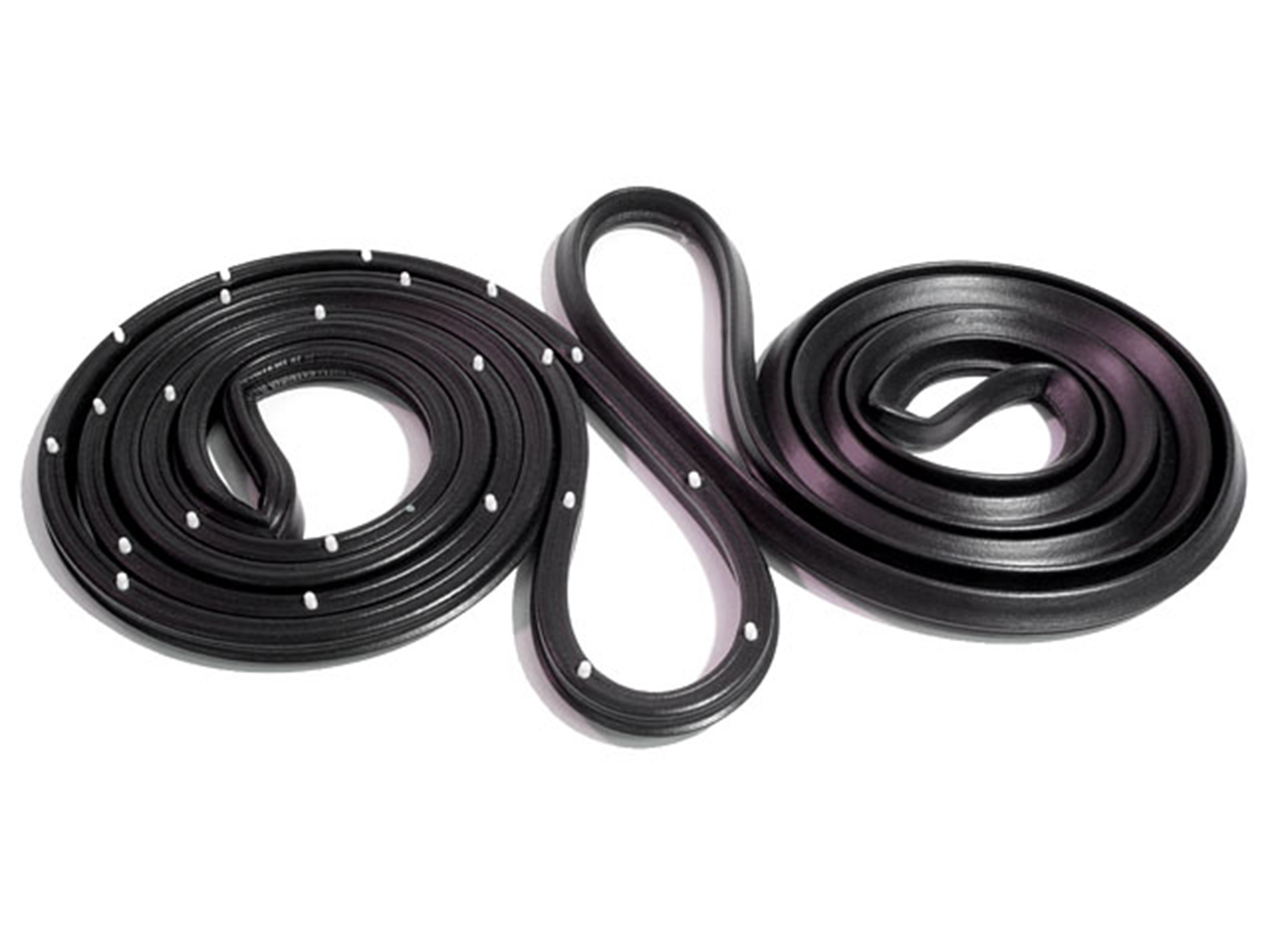 1969 Chevrolet Biscayne Rear Molded Door Seals. For 4-door Sedan. Pair R&L-LM 21-H/RRear Molded Door Seals. For 4-door Sedan. Pair R&L
1969 Chevrolet Biscayne Rear Molded Door Seals. For 4-door Sedan. Pair R&L-LM 21-H/RRear Molded Door Seals. For 4-door Sedan. Pair R&L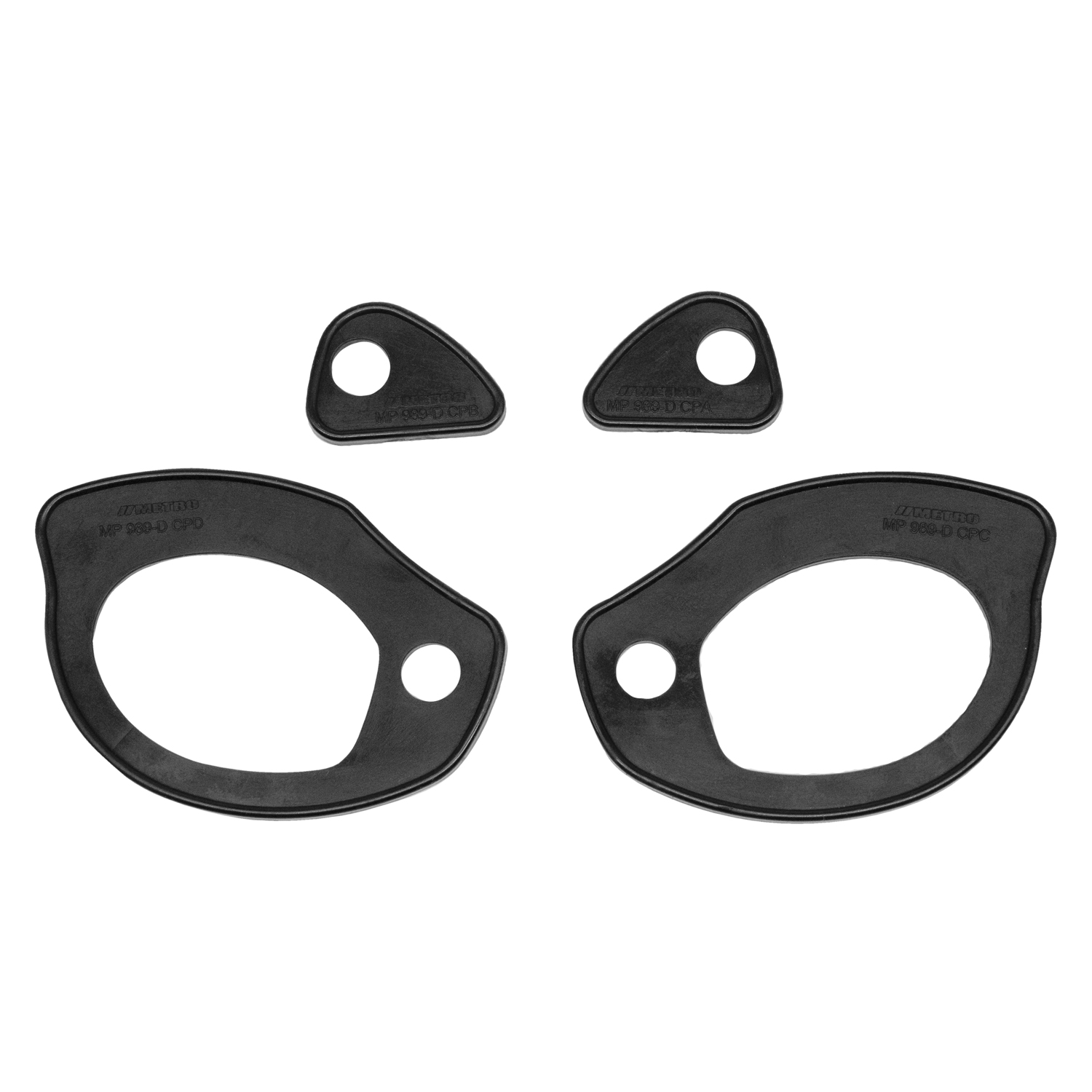 1969 Chevrolet Biscayne Door Handle Pads. 2-5/8" long & 1-1/8" long. Set R&L-MP 989-DDoor Handle Pads. 2-5/8" long & 1-1/8" long. Set R&L
1969 Chevrolet Biscayne Door Handle Pads. 2-5/8" long & 1-1/8" long. Set R&L-MP 989-DDoor Handle Pads. 2-5/8" long & 1-1/8" long. Set R&L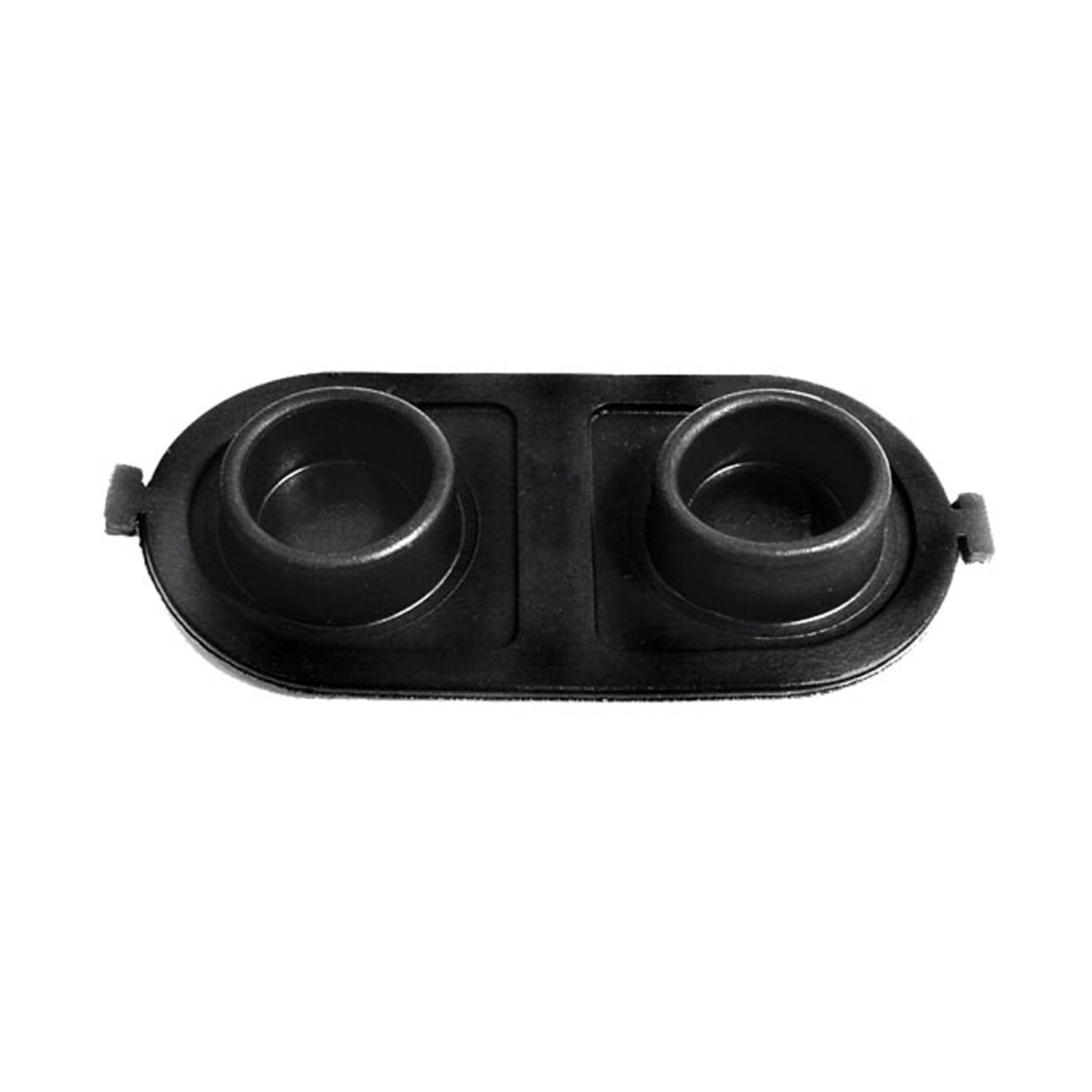 1969 Chevrolet Biscayne Brake Master Cylinder Cover Seal. Replaces OEM #5470861-RP 2-EBrake Master Cylinder Cover Seal. Replaces OEM #5470861. 5" X 2-1/2". Each
1969 Chevrolet Biscayne Brake Master Cylinder Cover Seal. Replaces OEM #5470861-RP 2-EBrake Master Cylinder Cover Seal. Replaces OEM #5470861. 5" X 2-1/2". Each 1969 Chevrolet Biscayne Sun Visor Support Sleeve. Clear plastic. Each-RP 303-ASun Visor Support Sleeve. Clear plastic. Each
1969 Chevrolet Biscayne Sun Visor Support Sleeve. Clear plastic. Each-RP 303-ASun Visor Support Sleeve. Clear plastic. Each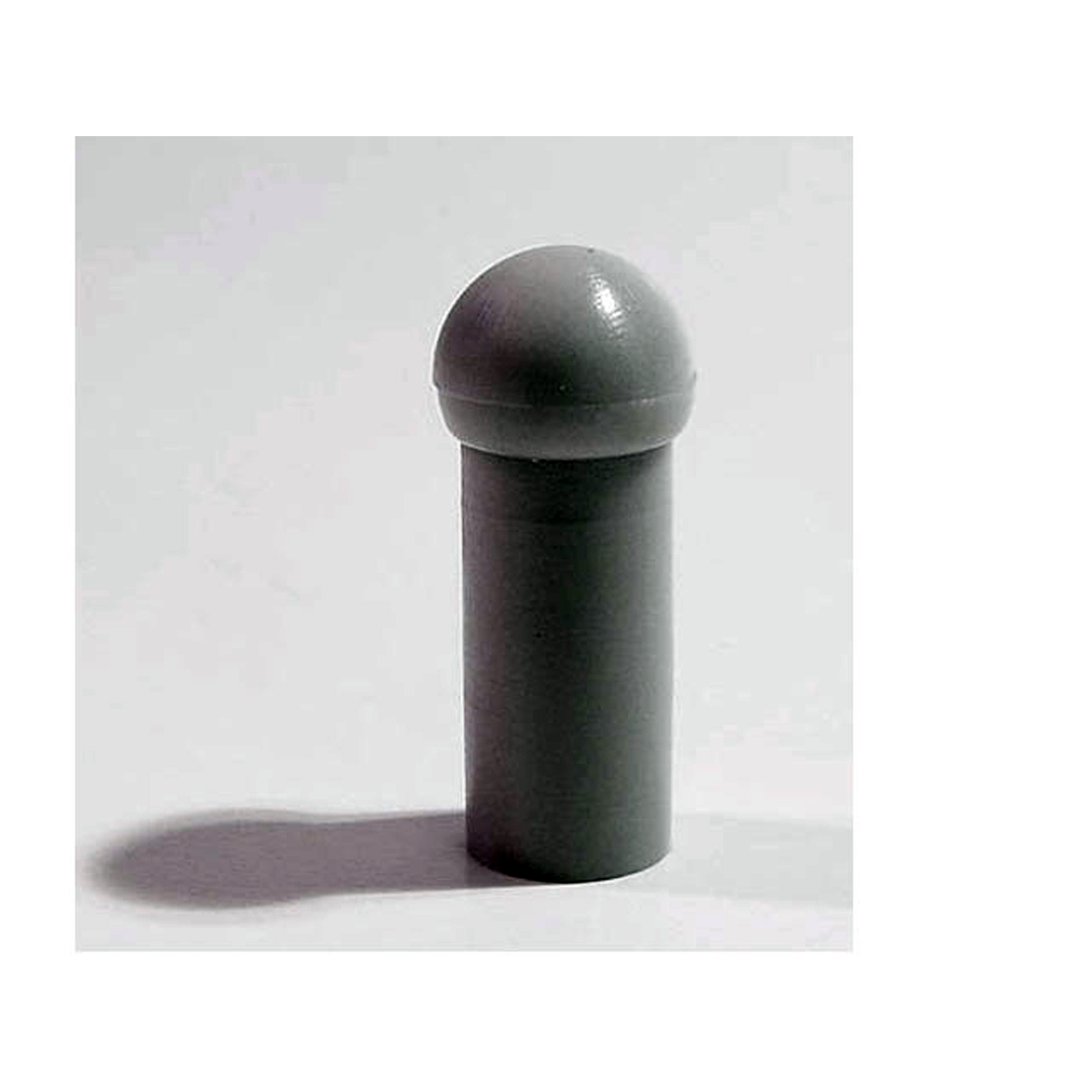 1969 Chevrolet Biscayne Sun Visor Rod Rubber Grommet. 3/4" long. Gray. Each-RP 303-CSun Visor Rod Rubber Grommet. 3/4" long. Gray. Each
1969 Chevrolet Biscayne Sun Visor Rod Rubber Grommet. 3/4" long. Gray. Each-RP 303-CSun Visor Rod Rubber Grommet. 3/4" long. Gray. Each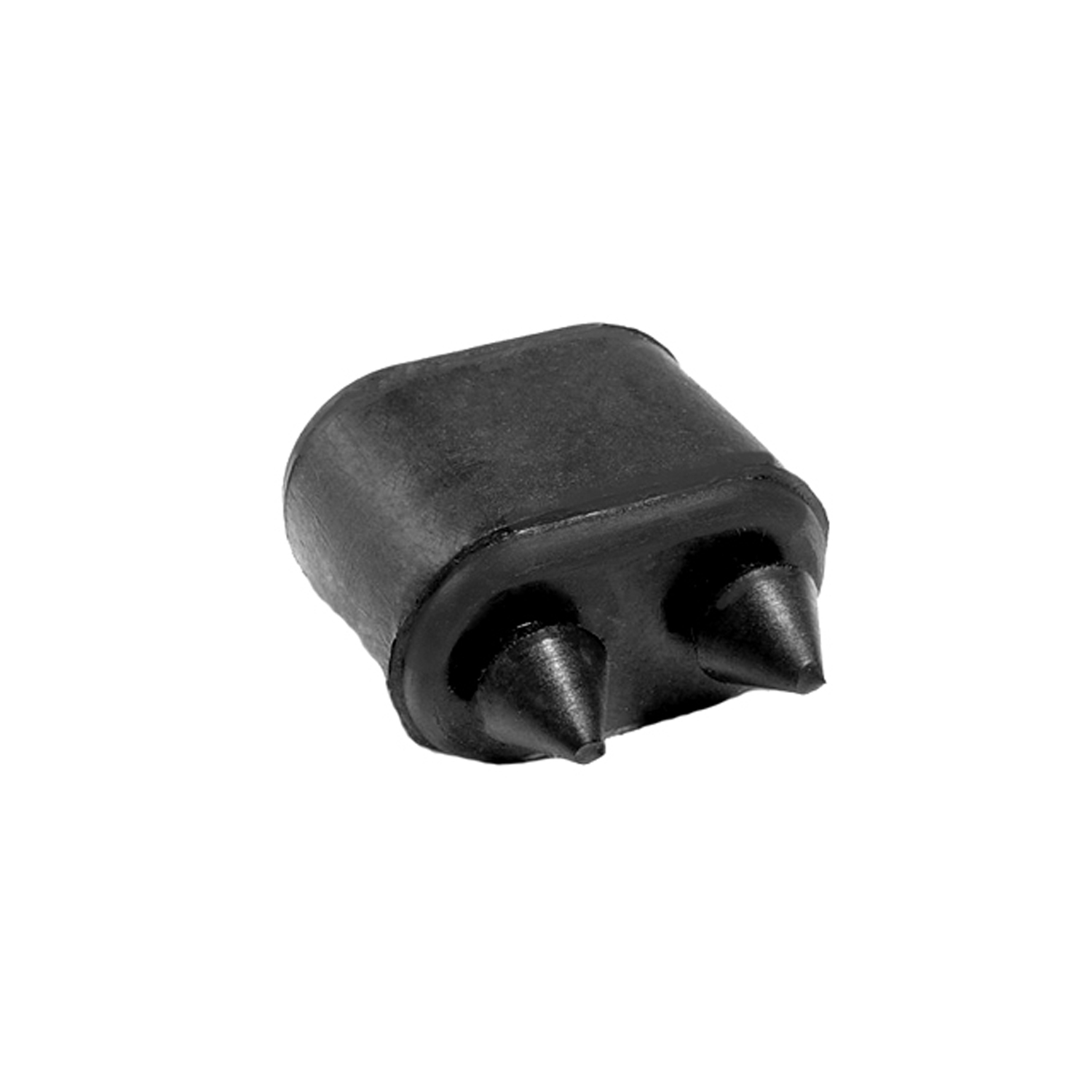 1969 Chevrolet Biscayne Door Bumper, 57-74 GM Cars, Made with Twin Retainers, Each-SB 35Door Bumper, 57-74 GM Cars, made with twin retainers, Each. Measure 1-1/16" high X 19/32" wide X 1-1/32" long.
1969 Chevrolet Biscayne Door Bumper, 57-74 GM Cars, Made with Twin Retainers, Each-SB 35Door Bumper, 57-74 GM Cars, made with twin retainers, Each. Measure 1-1/16" high X 19/32" wide X 1-1/32" long.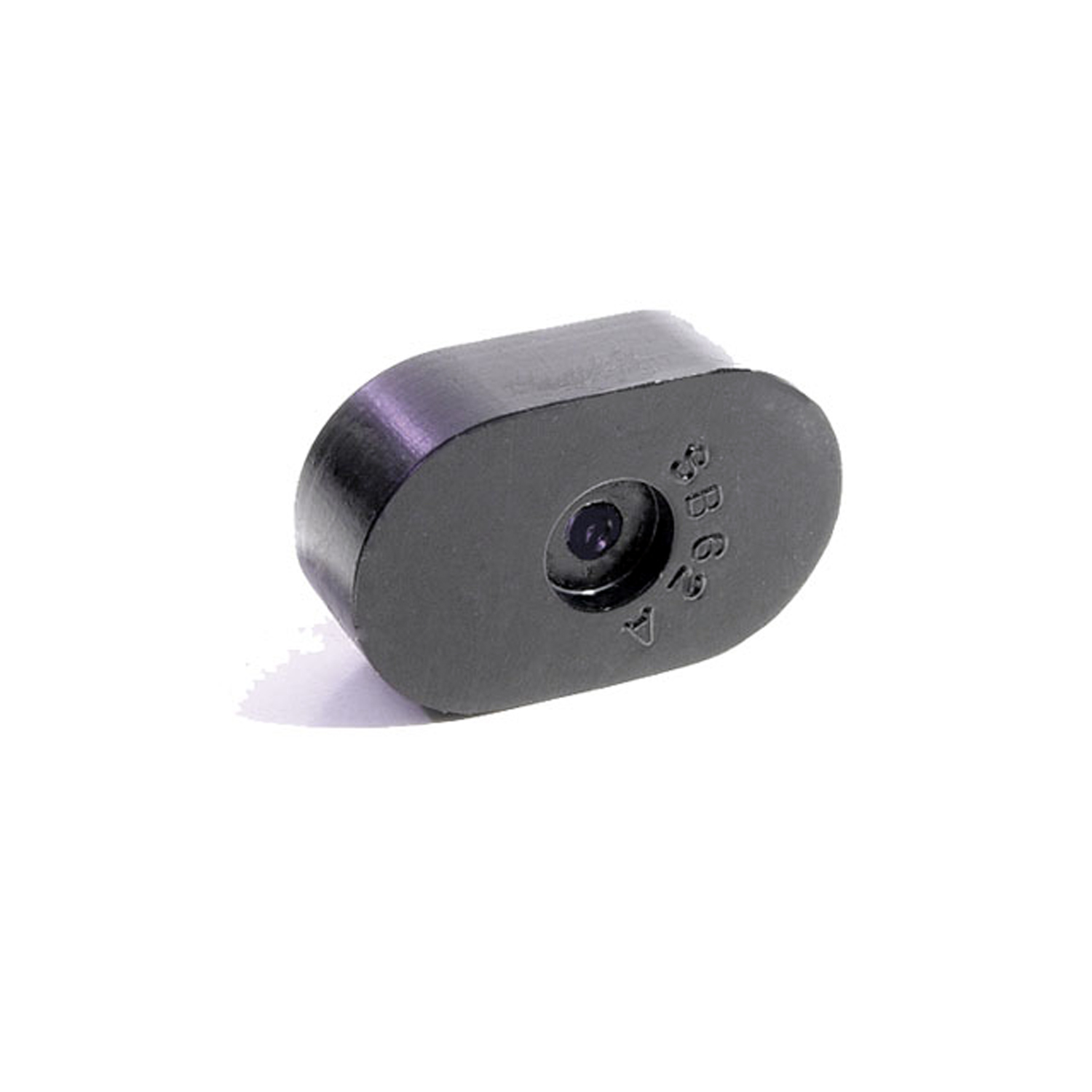 1969 Chevrolet Biscayne Seat Bumper. Made with steel core like original-SB 62-ASeat Bumper. Made with steel core like original. 1-1/2" long, 7/16" thick. Two used per car. Each
1969 Chevrolet Biscayne Seat Bumper. Made with steel core like original-SB 62-ASeat Bumper. Made with steel core like original. 1-1/2" long, 7/16" thick. Two used per car. Each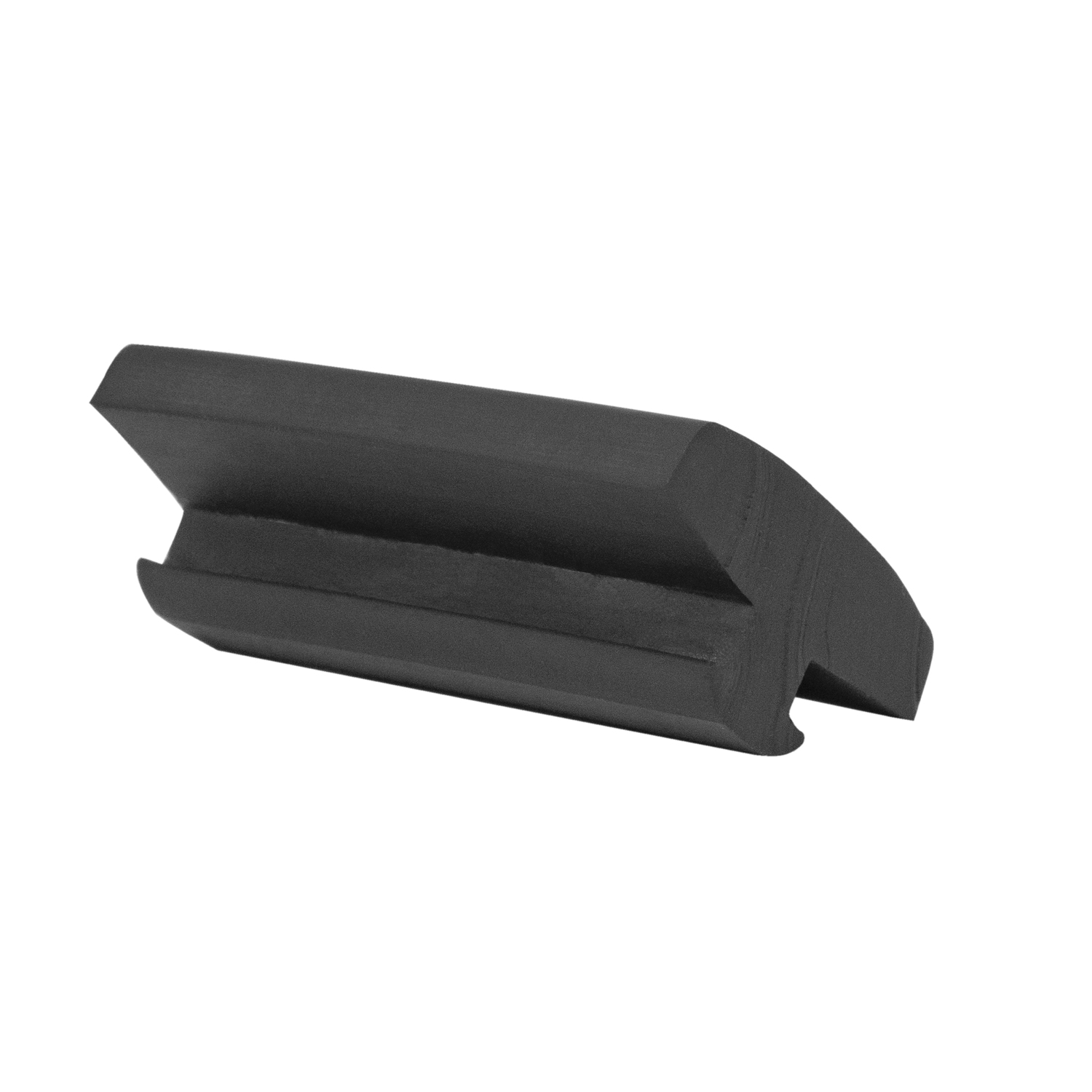 1969 Chevrolet Biscayne Bumper Brace to Filler Panel Spacer, 68-71 Chevy A Body, 67-71 GM B Body Exc Wgn-SB 68Bumper Brace to Filler Panel Spacer, 68-71 Chevy A Body Except Wagons, 67-71 GM B Body Except Wagons, Each. Replaces OEM # 3895100.
1969 Chevrolet Biscayne Bumper Brace to Filler Panel Spacer, 68-71 Chevy A Body, 67-71 GM B Body Exc Wgn-SB 68Bumper Brace to Filler Panel Spacer, 68-71 Chevy A Body Except Wagons, 67-71 GM B Body Except Wagons, Each. Replaces OEM # 3895100.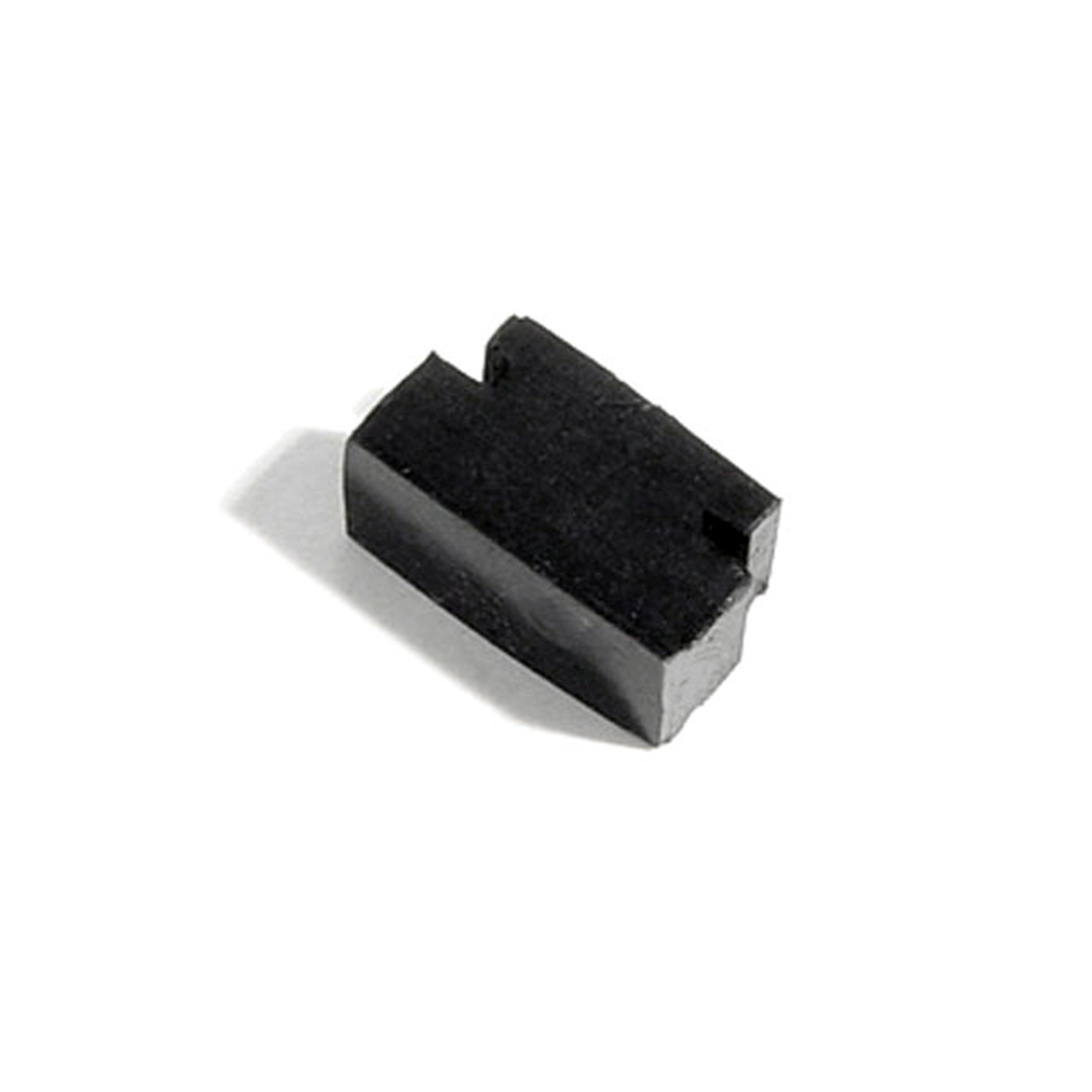 1969 Chevrolet Biscayne Ashtray Bumper. 5/16" wide X 1/2" long X 3/16" high-SB 76Ashtray Bumper. 5/16" wide X 1/2" long X 3/16" high. (Fits some models) Each
1969 Chevrolet Biscayne Ashtray Bumper. 5/16" wide X 1/2" long X 3/16" high-SB 76Ashtray Bumper. 5/16" wide X 1/2" long X 3/16" high. (Fits some models) Each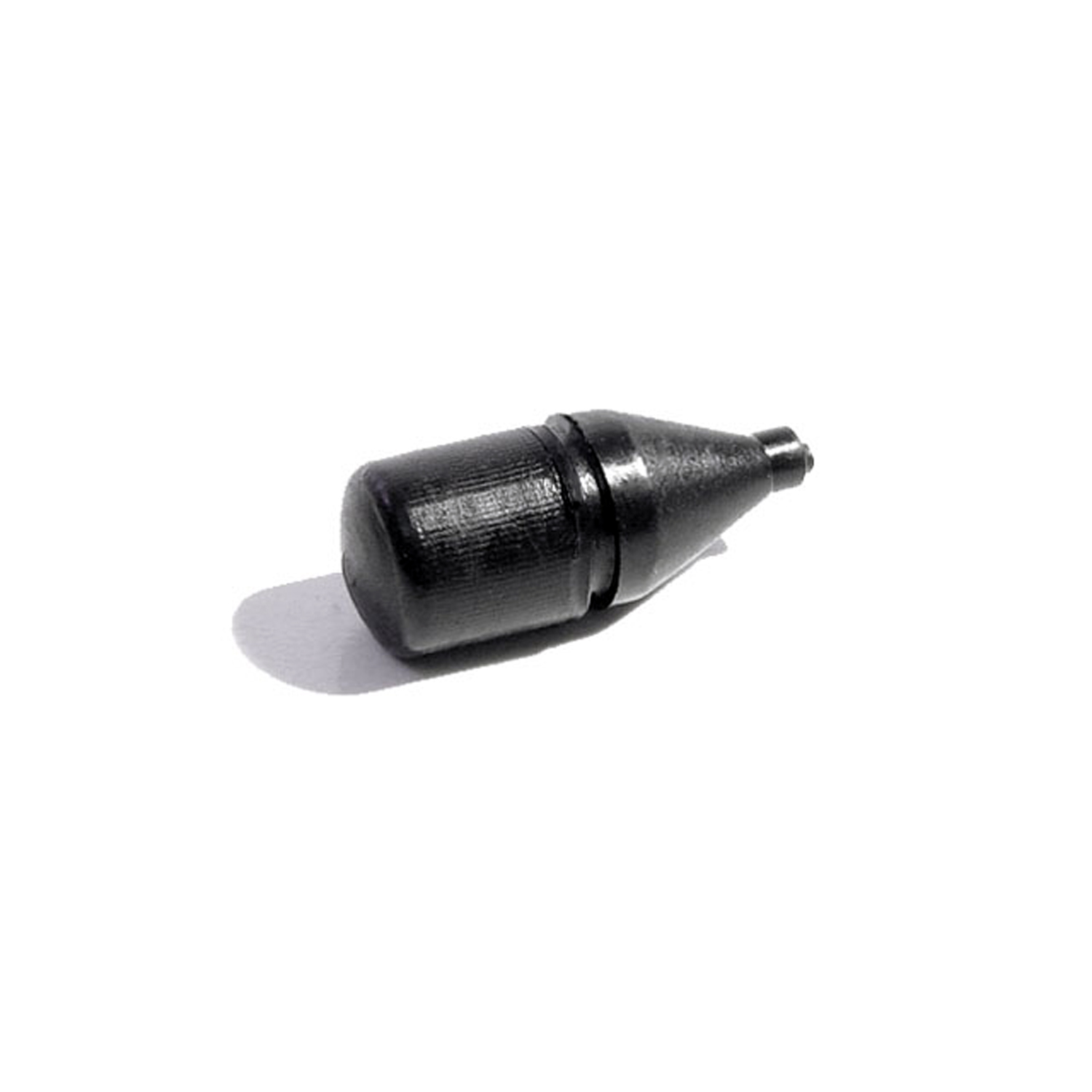 1969 Chevrolet Biscayne Fuel Door Bumper. 7/8" high, 5/16" O.D. Each-SB 81Fuel Door Bumper. 7/8" high, 5/16" O.D. Each
1969 Chevrolet Biscayne Fuel Door Bumper. 7/8" high, 5/16" O.D. Each-SB 81Fuel Door Bumper. 7/8" high, 5/16" O.D. Each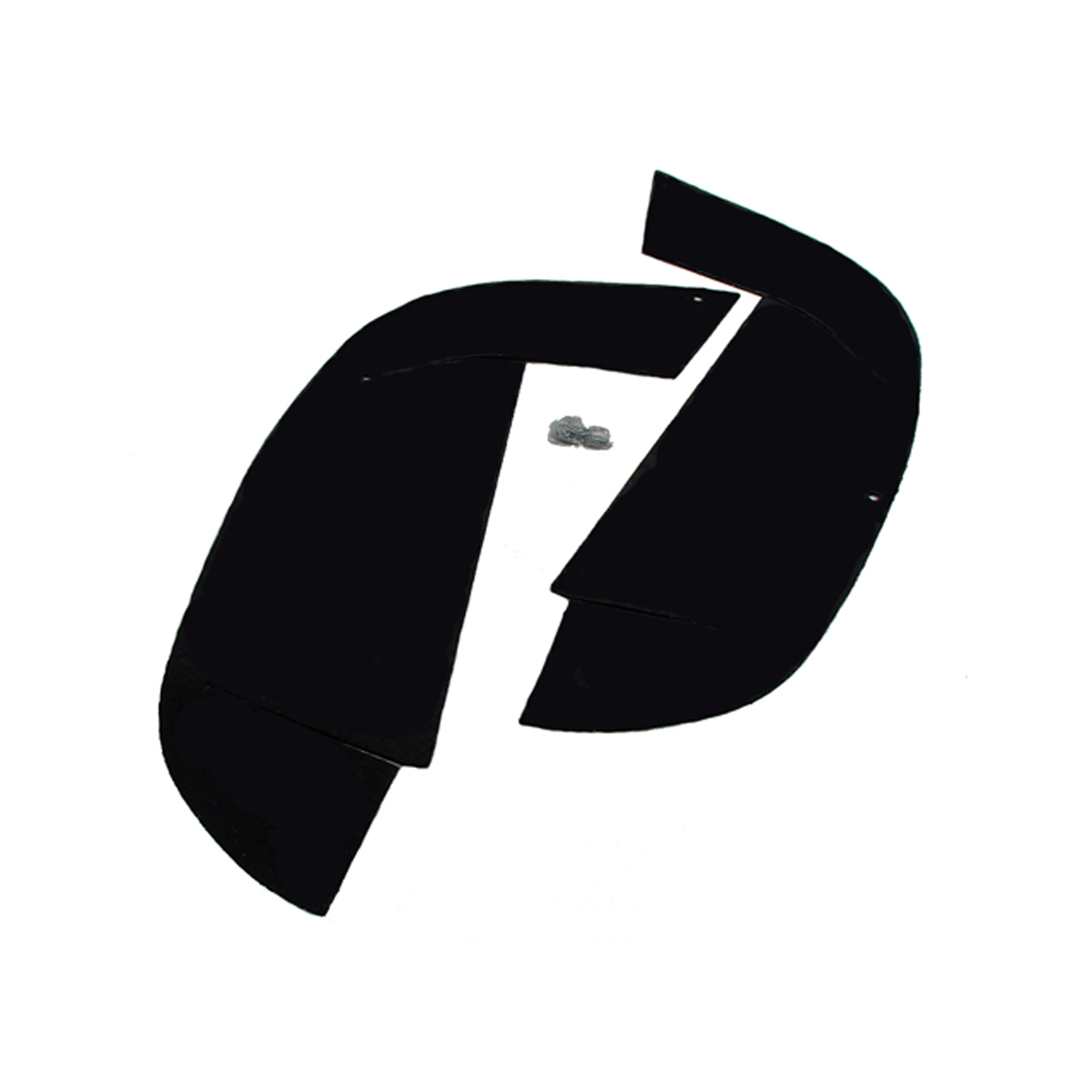 1969 Chevrolet Biscayne Inner Splash Flaps-SI 2004-213Inner Splash Flaps. Used as dust and mud shield to keep engine compartments clean. Made from stiff rubber that is identical to original in composition, texture and color. Pair
1969 Chevrolet Biscayne Inner Splash Flaps-SI 2004-213Inner Splash Flaps. Used as dust and mud shield to keep engine compartments clean. Made from stiff rubber that is identical to original in composition, texture and color. Pair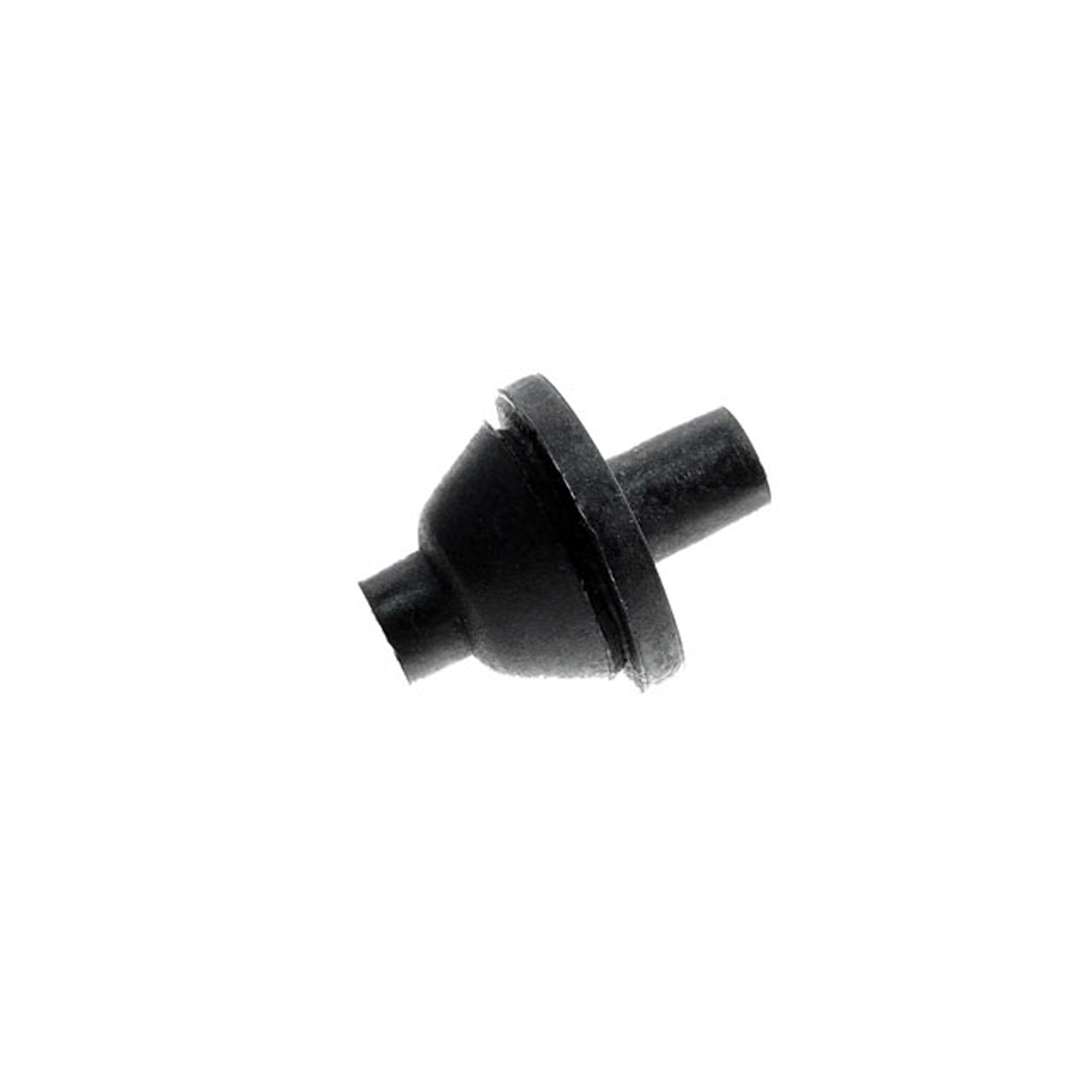 1969 Chevrolet Biscayne Dash and Firewall Grommet. Single-hole type is for one wire-SM 101Dash and Firewall Grommet. Single-hole type is for one wire. Each
1969 Chevrolet Biscayne Dash and Firewall Grommet. Single-hole type is for one wire-SM 101Dash and Firewall Grommet. Single-hole type is for one wire. Each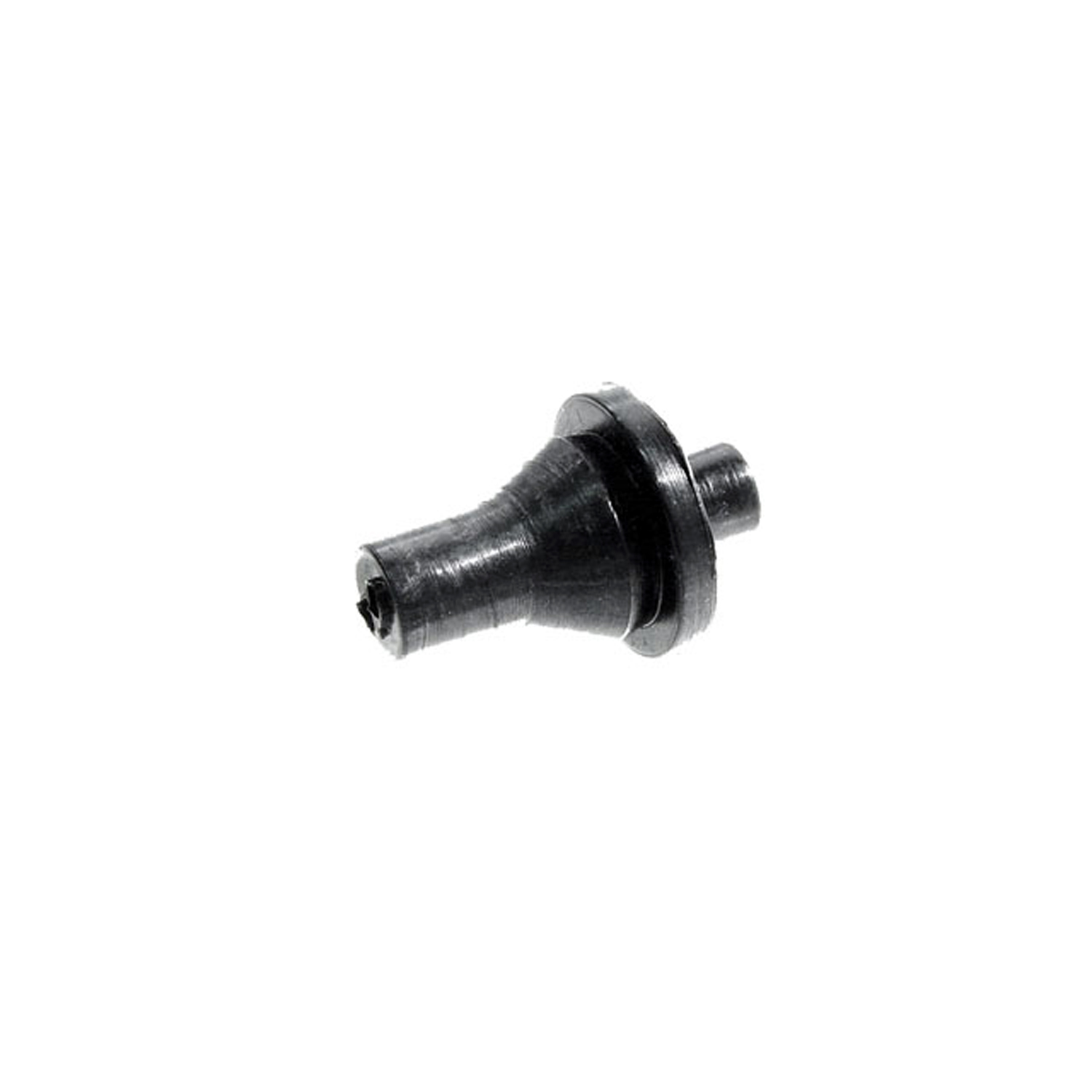 1969 Chevrolet Biscayne Dash and Firewall Grommet. Two hole type. Each-SM 101-ADash and Firewall Grommet. Two hole type. Each
1969 Chevrolet Biscayne Dash and Firewall Grommet. Two hole type. Each-SM 101-ADash and Firewall Grommet. Two hole type. Each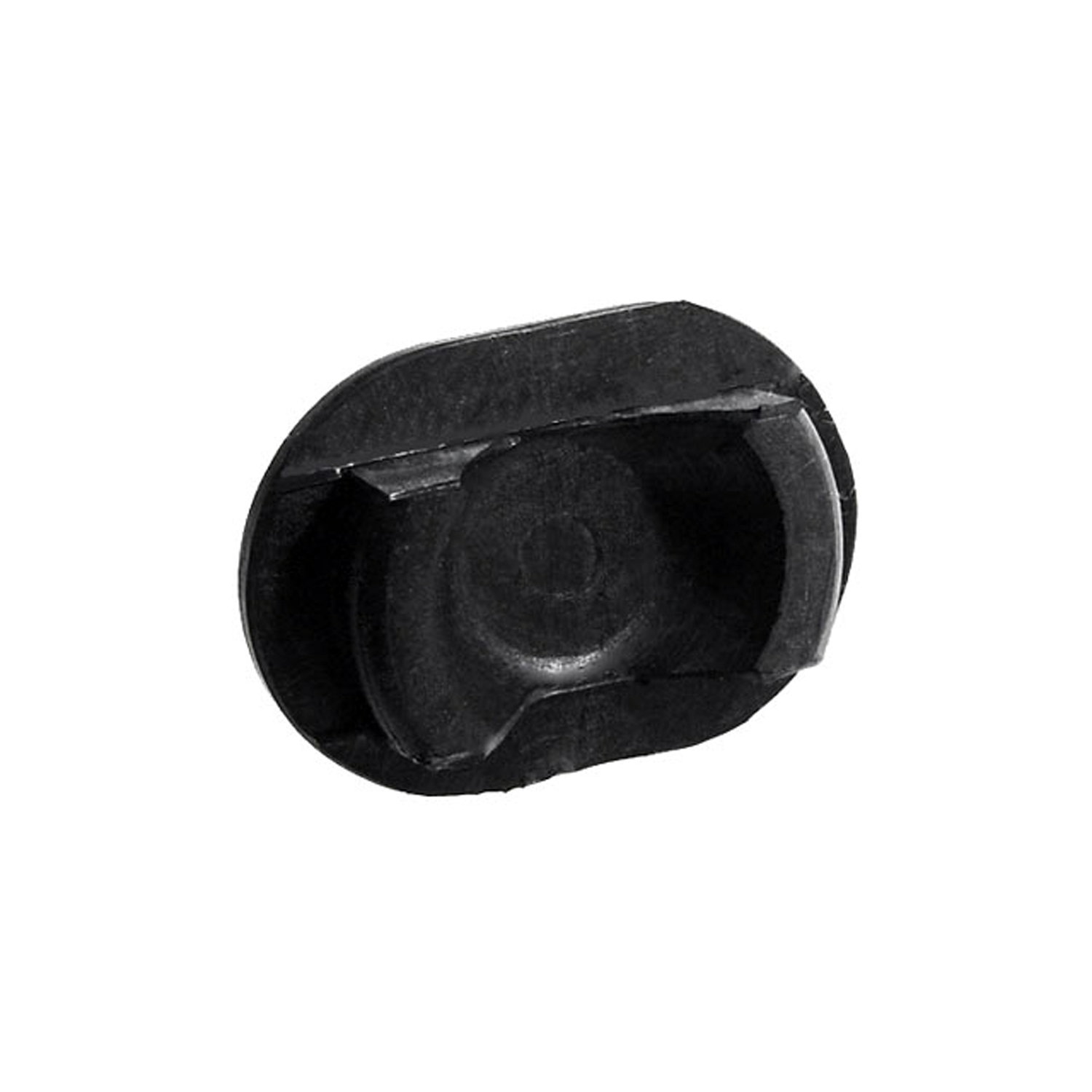 1969 Chevrolet Biscayne Timing Hole Plug. For 6-cylinder engines. 1-3/4" X 1-1/4"-SM 59Timing Hole Plug. For 6-cylinder engines. 1-3/4" X 1-1/4". Each
1969 Chevrolet Biscayne Timing Hole Plug. For 6-cylinder engines. 1-3/4" X 1-1/4"-SM 59Timing Hole Plug. For 6-cylinder engines. 1-3/4" X 1-1/4". Each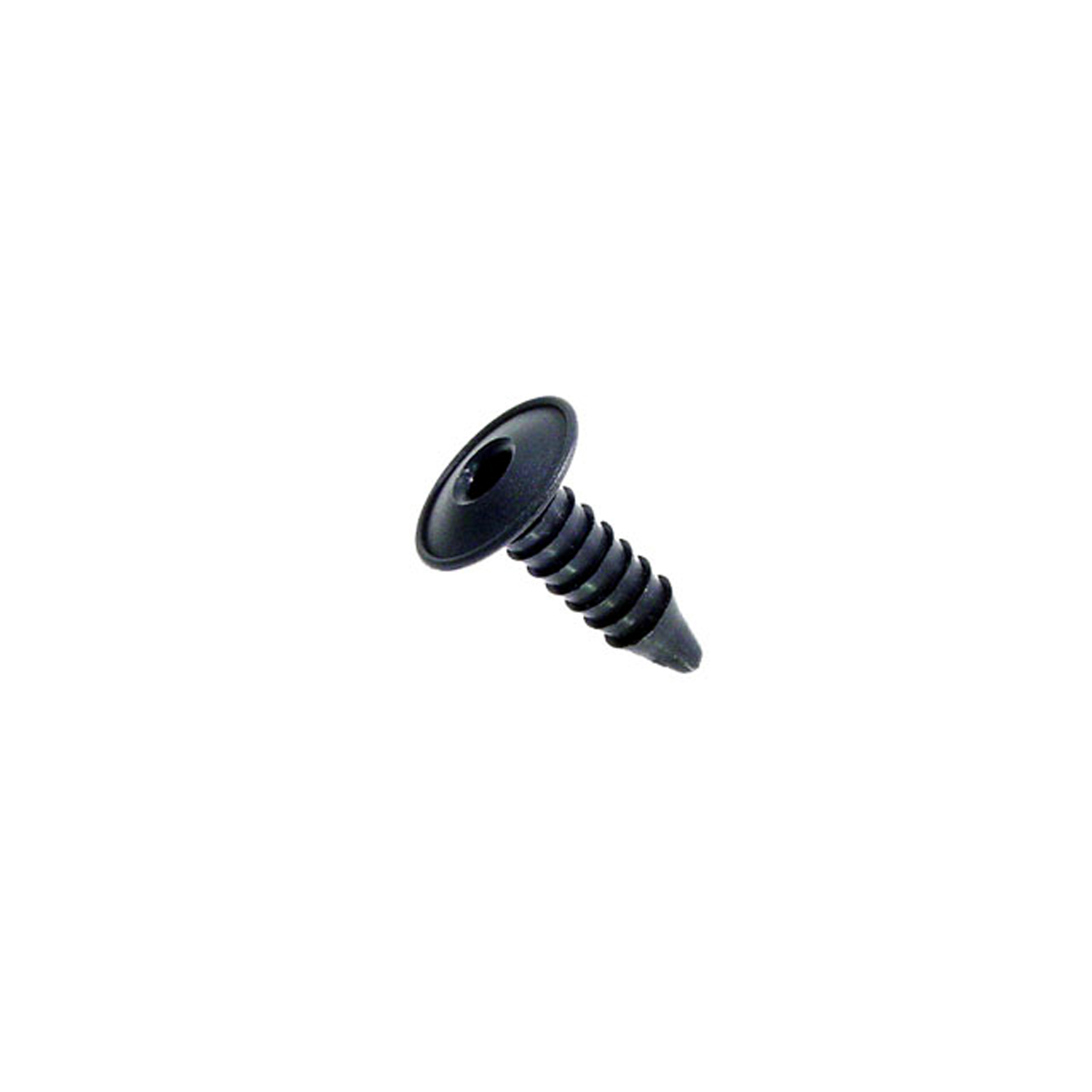 1969 Chevrolet Biscayne Firewall insulation fastener. 1 in. dia. W head. 1-1/2 in. L-SM 80-AFirewall insulation fastener. 1 in. dia. W head. 1-1/2 in. L. Replaces OEM#'s (GM) 7642589 and (AMC) 4001934. Black. Each.
1969 Chevrolet Biscayne Firewall insulation fastener. 1 in. dia. W head. 1-1/2 in. L-SM 80-AFirewall insulation fastener. 1 in. dia. W head. 1-1/2 in. L. Replaces OEM#'s (GM) 7642589 and (AMC) 4001934. Black. Each.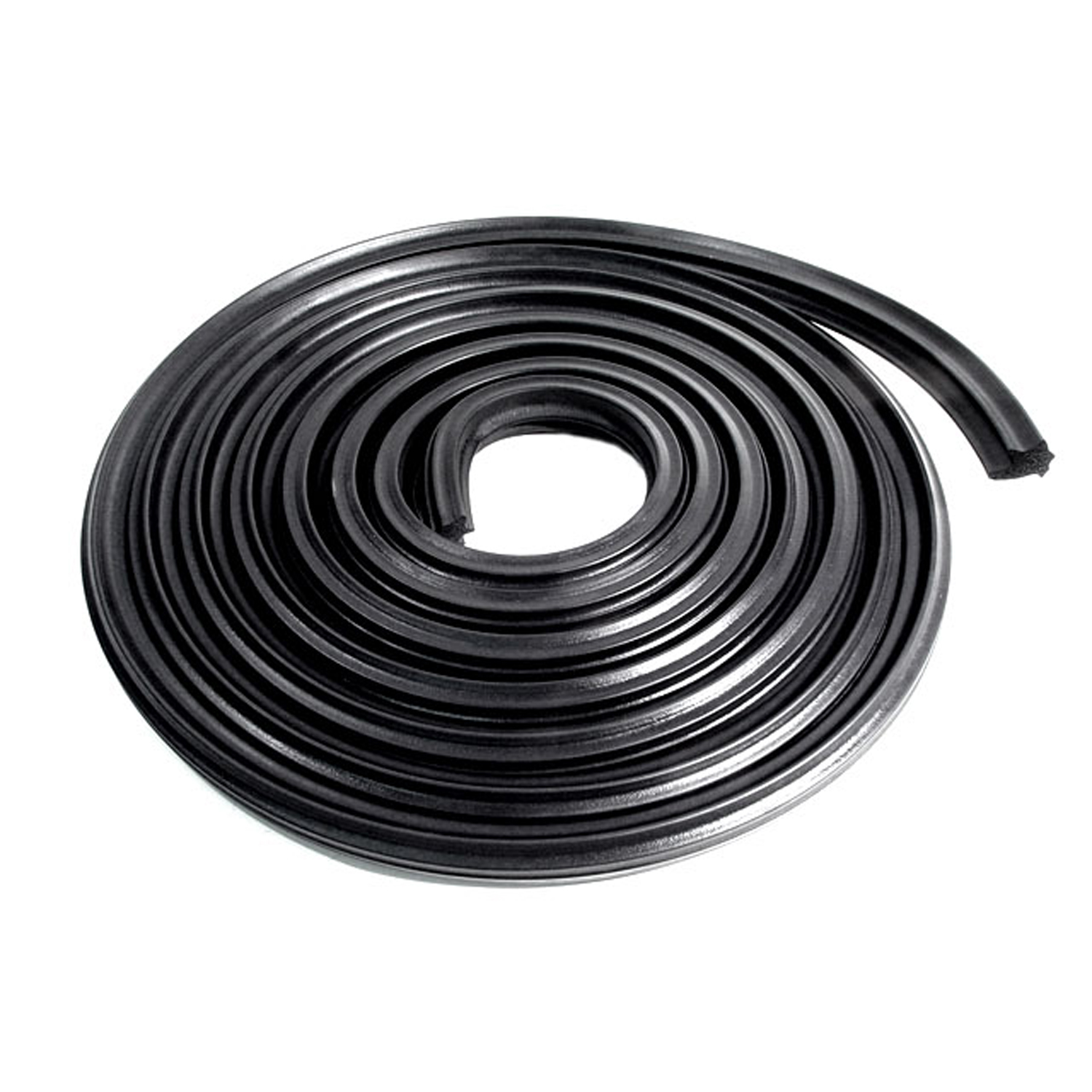 1969 Chevrolet Biscayne Trunk Seal. 18 feet long. Each-TK 46-18Trunk Seal. 18 feet long. Each
1969 Chevrolet Biscayne Trunk Seal. 18 feet long. Each-TK 46-18Trunk Seal. 18 feet long. Each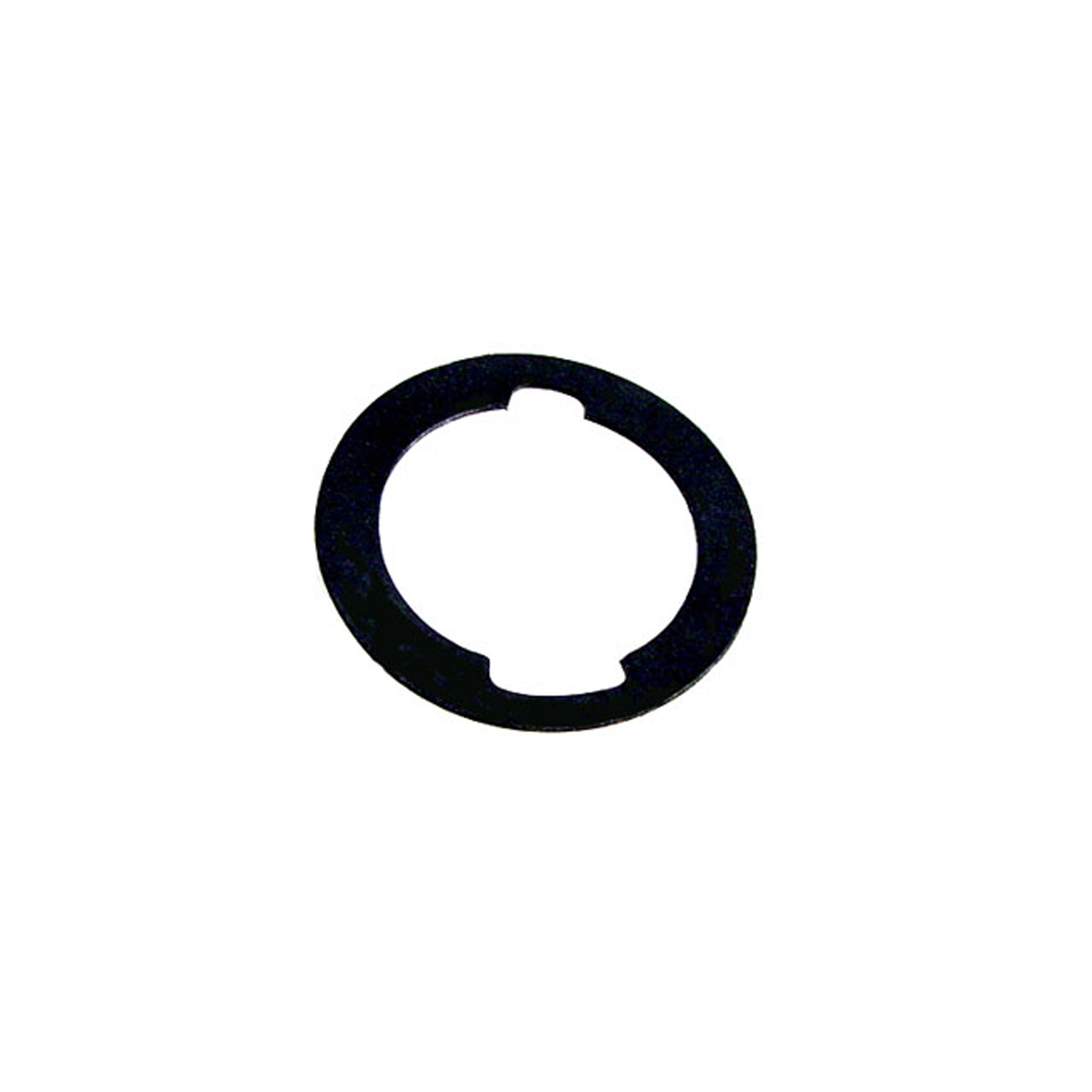 1969 Chevrolet Biscayne Unbeaded Door and Trunk Lock Gasket. 1-3/16" O.D., 7/8" I.D-UM 1600-100Unbeaded Door and Trunk Lock Gasket. 1-3/16" O.D., 7/8" I.D. Each
1969 Chevrolet Biscayne Unbeaded Door and Trunk Lock Gasket. 1-3/16" O.D., 7/8" I.D-UM 1600-100Unbeaded Door and Trunk Lock Gasket. 1-3/16" O.D., 7/8" I.D. Each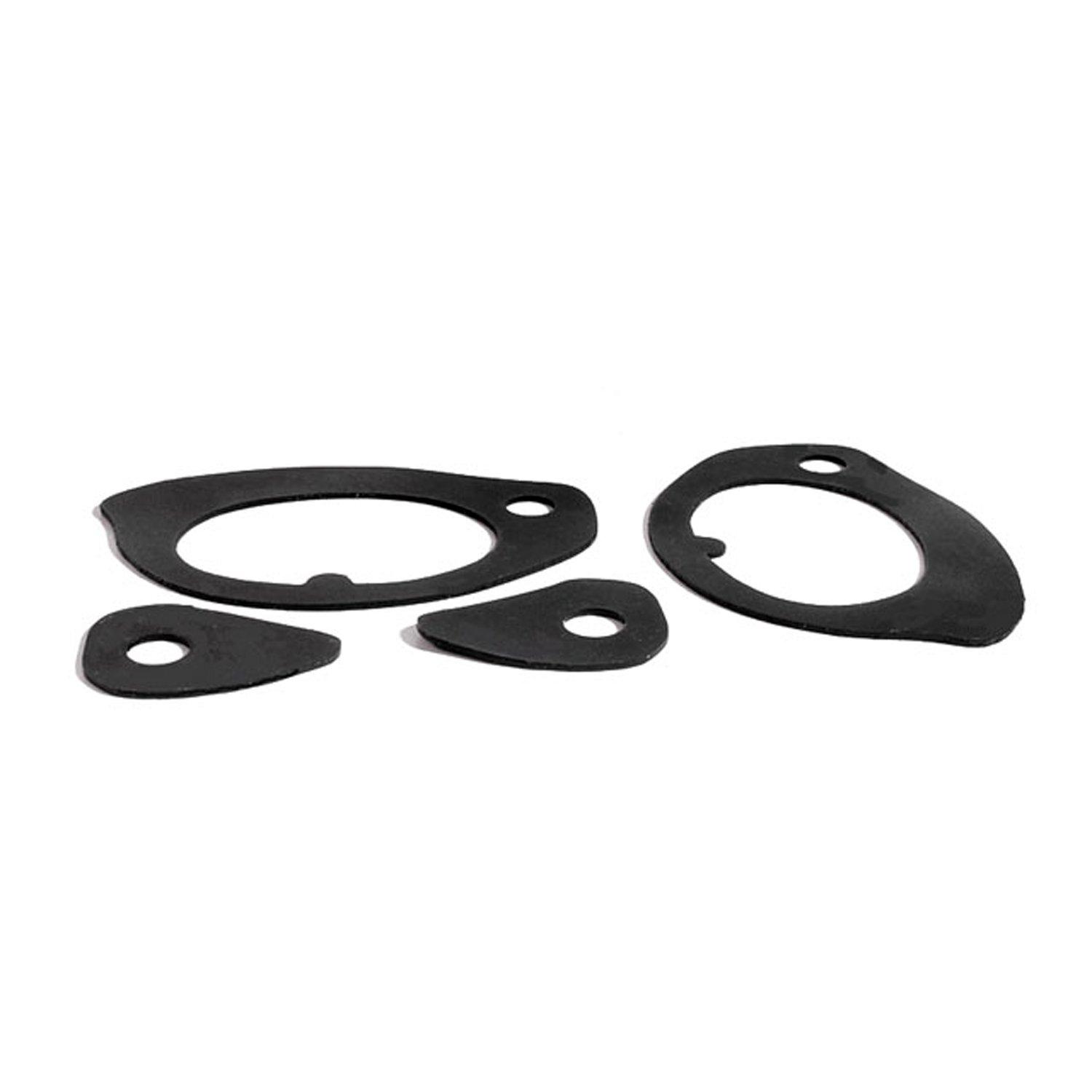 1969 Chevrolet Biscayne Unbeaded Door Handle Mounting Pads. 4-Piece Set-UM 2005-100Unbeaded Door Handle Mounting Pads. 4-Piece Set
1969 Chevrolet Biscayne Unbeaded Door Handle Mounting Pads. 4-Piece Set-UM 2005-100Unbeaded Door Handle Mounting Pads. 4-Piece Set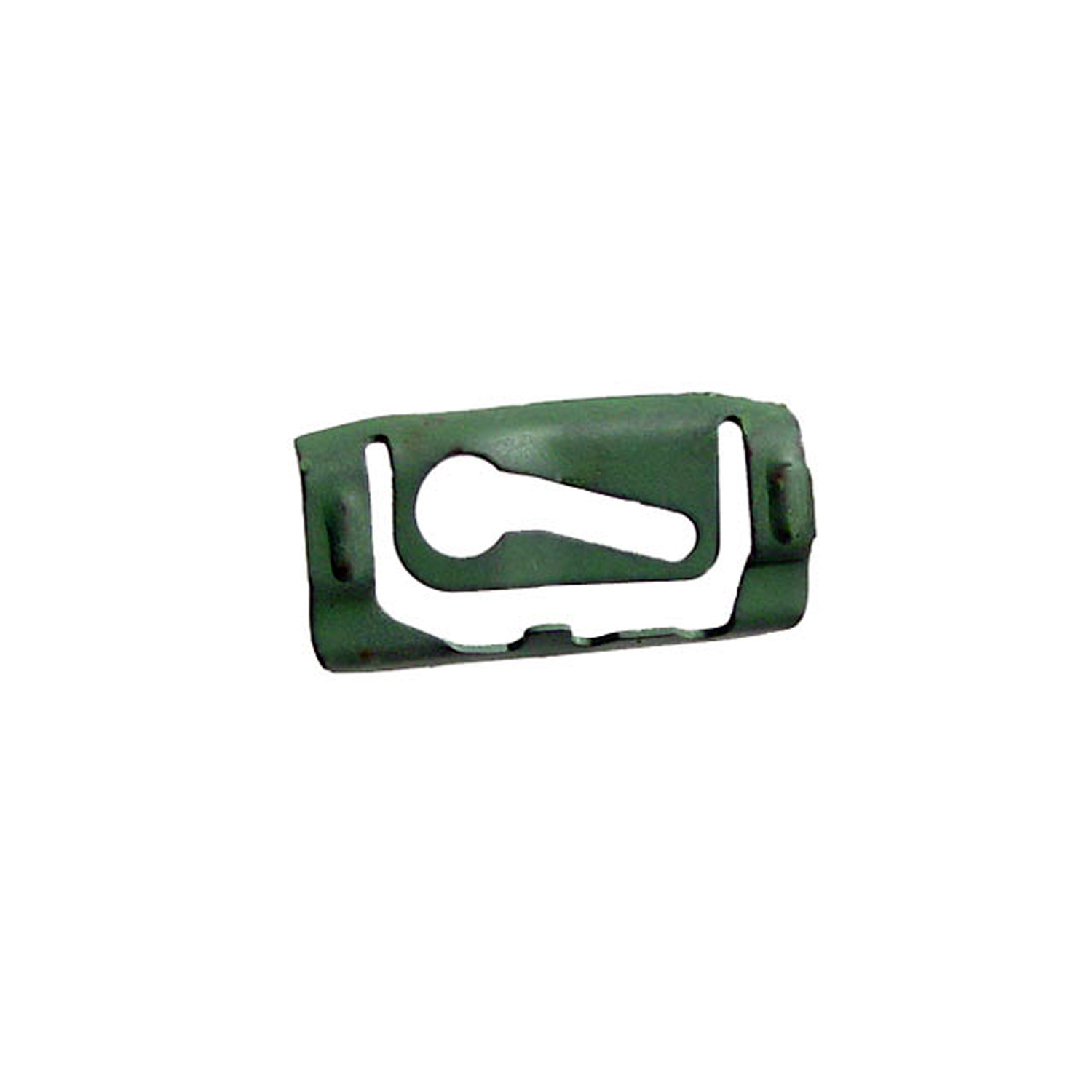 1969 Chevrolet Biscayne Quarter Window Reveal Molding Clip. Made of Steel-WF 205Quarter Window Reveal Molding Clip. Made of Steel. 1-3/8" X 11/16". Each
1969 Chevrolet Biscayne Quarter Window Reveal Molding Clip. Made of Steel-WF 205Quarter Window Reveal Molding Clip. Made of Steel. 1-3/8" X 11/16". Each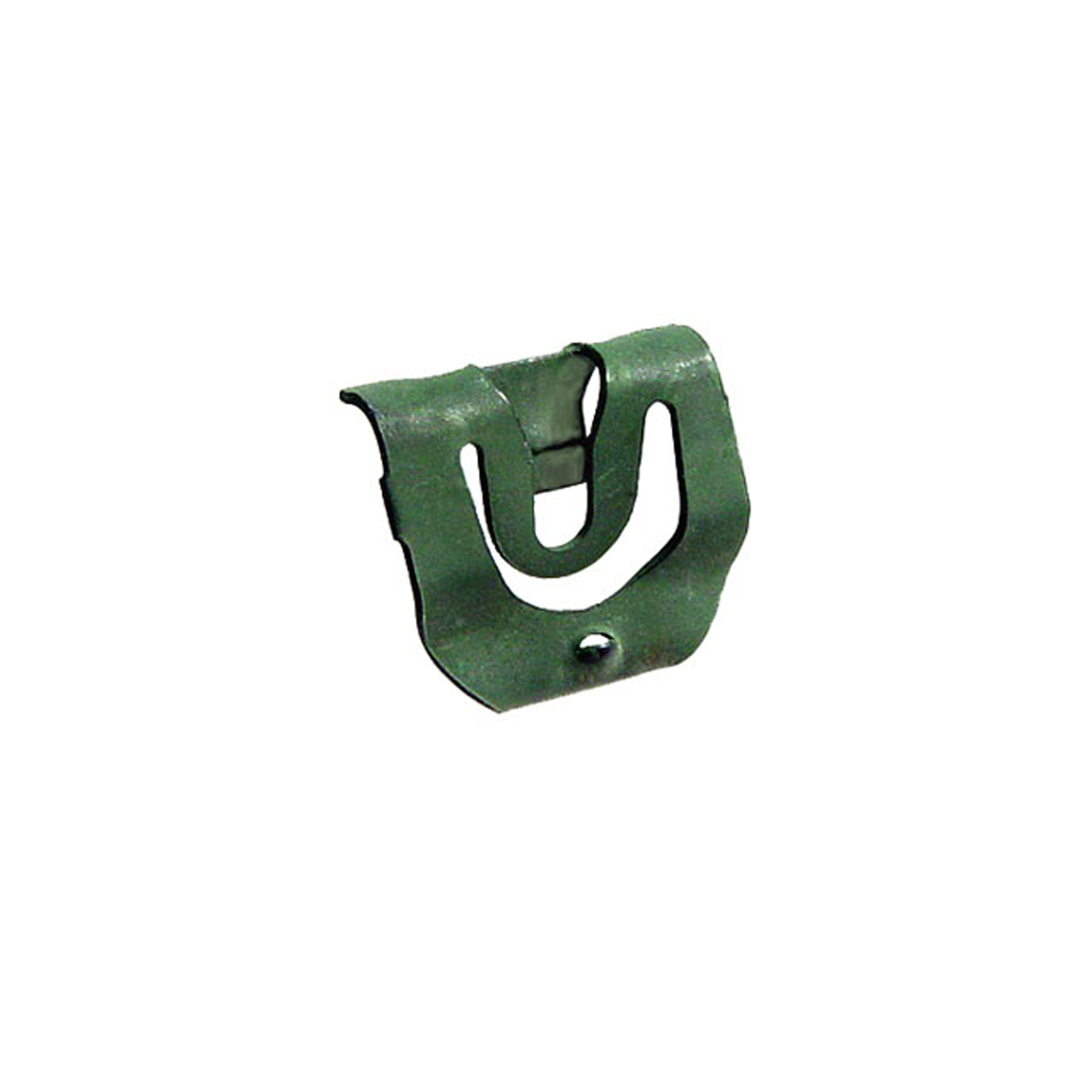 1969 Chevrolet Biscayne Rear Window Reveal Molding Clip. For Station Wagons-WF 208Rear Window Reveal Molding Clip. For Station Wagons. Made of steel. 5/8" x 3/4". Each
1969 Chevrolet Biscayne Rear Window Reveal Molding Clip. For Station Wagons-WF 208Rear Window Reveal Molding Clip. For Station Wagons. Made of steel. 5/8" x 3/4". Each 1969 Chevrolet Biscayne Rear Windshield Reveal Molding Clip. Made of steel-WF 211Rear Windshield Reveal Molding Clip. Made of steel. 15/16" X 3/4". Each
1969 Chevrolet Biscayne Rear Windshield Reveal Molding Clip. Made of steel-WF 211Rear Windshield Reveal Molding Clip. Made of steel. 15/16" X 3/4". Each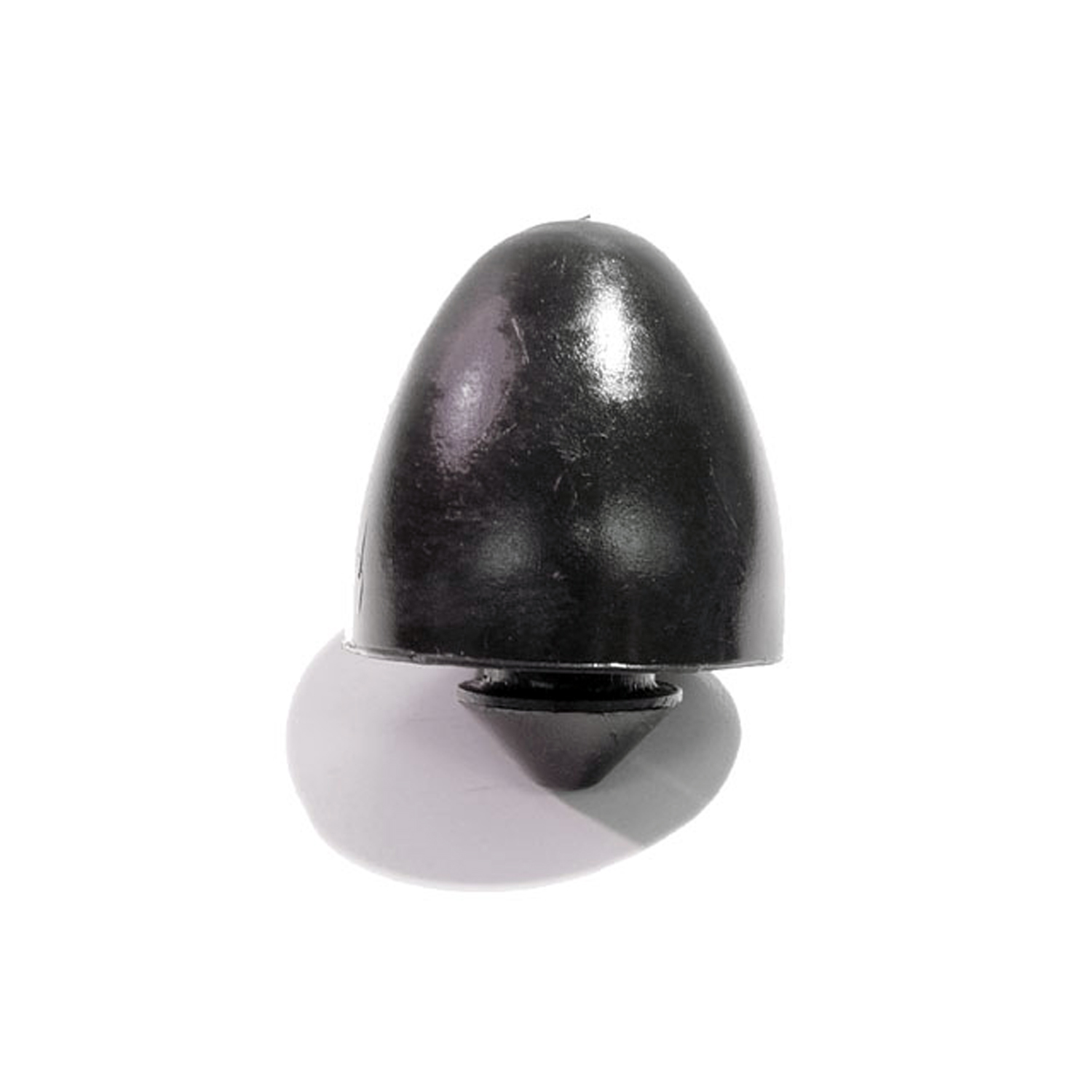 1969 Chevrolet Biscayne Front Suspension Bumper. For steering knuckle support-XB 20Front Suspension Bumper. For steering knuckle support. 1-3/8" high. Each
1969 Chevrolet Biscayne Front Suspension Bumper. For steering knuckle support-XB 20Front Suspension Bumper. For steering knuckle support. 1-3/8" high. EachWhy Choose Metro?
For over 100 years, Metro Moulded Parts has been the pinnacle of quality in classic car restoration parts. Our commitment to precision and authenticity in every component ensures a perfect fit and an OEM-level appearance.
- Expert Craftsmanship & Quality: Each part is a testament to our dedication to reliability and perfection, crafted from original designs and thoroughly tested.
- Advanced Technology: We use cutting-edge techniques to create flawless, long-lasting parts that surpass others in performance.
- SuperSoft Sponge – The Ultimate Door Seal: Not only are our door seals 30% softer than competitors', but they're also guaranteed to never leak. They effectively reduce wind and road noise, enhancing your classic car's comfort and driving experience.
- Proudly American: Our parts are a product of American craftsmanship, made in the USA with a spirit of excellence and heritage.
- Unrivaled Warranty: We back our products with a 30-year industry-leading warranty, a testament to our confidence in their quality.
Join us in preserving the legacy of classic cars with parts that are crafted for perfection, not just made.

